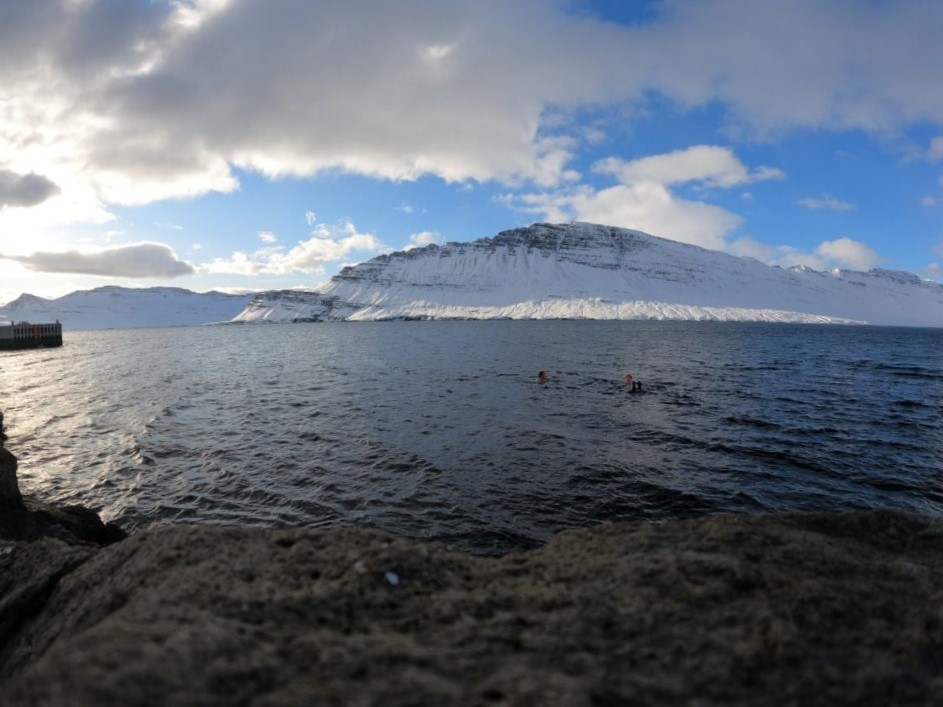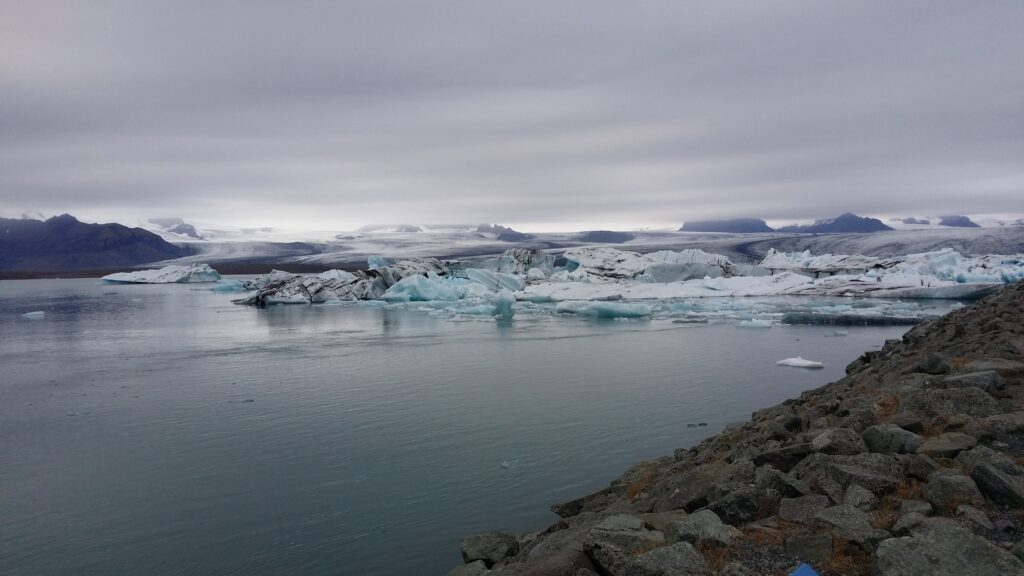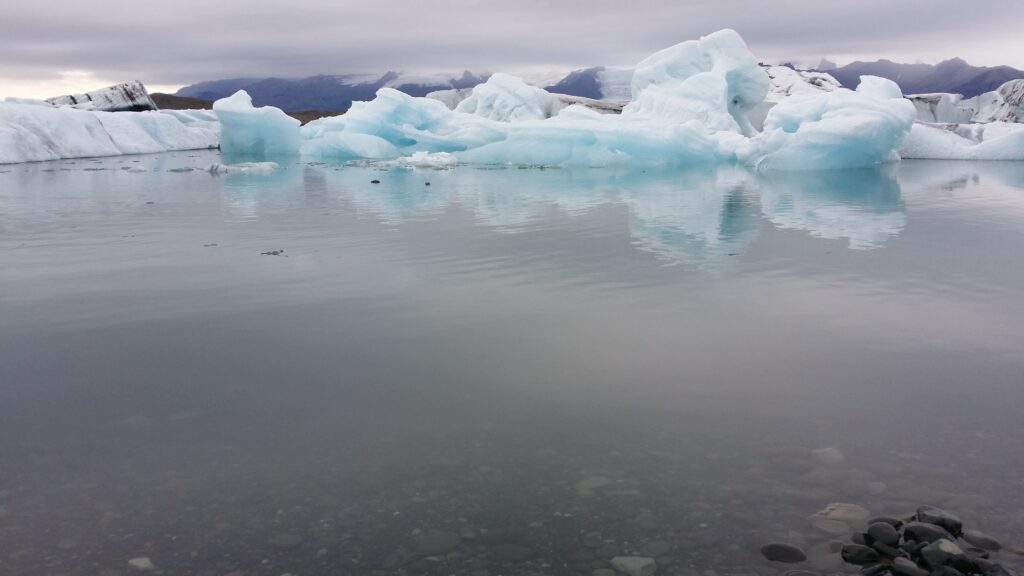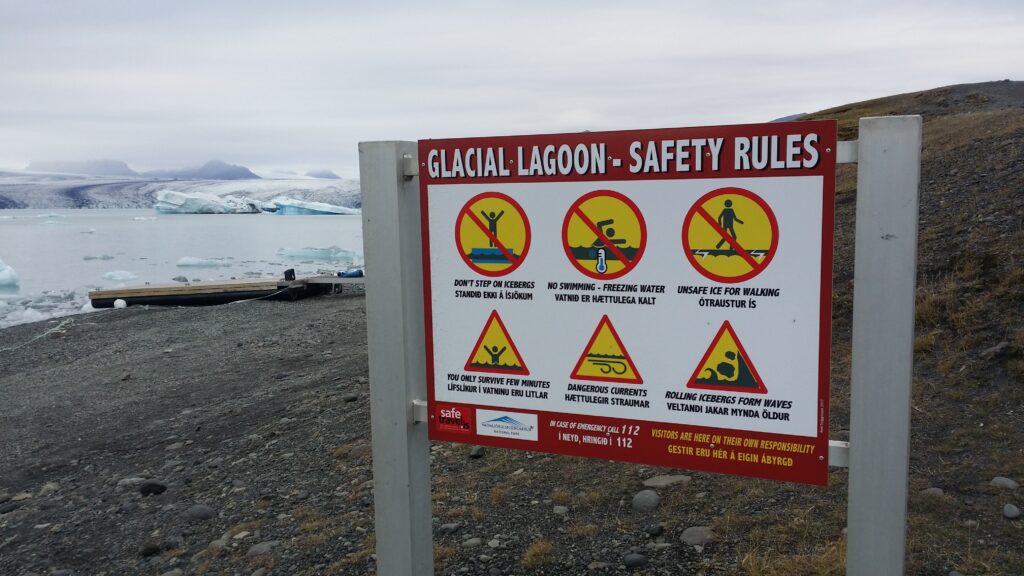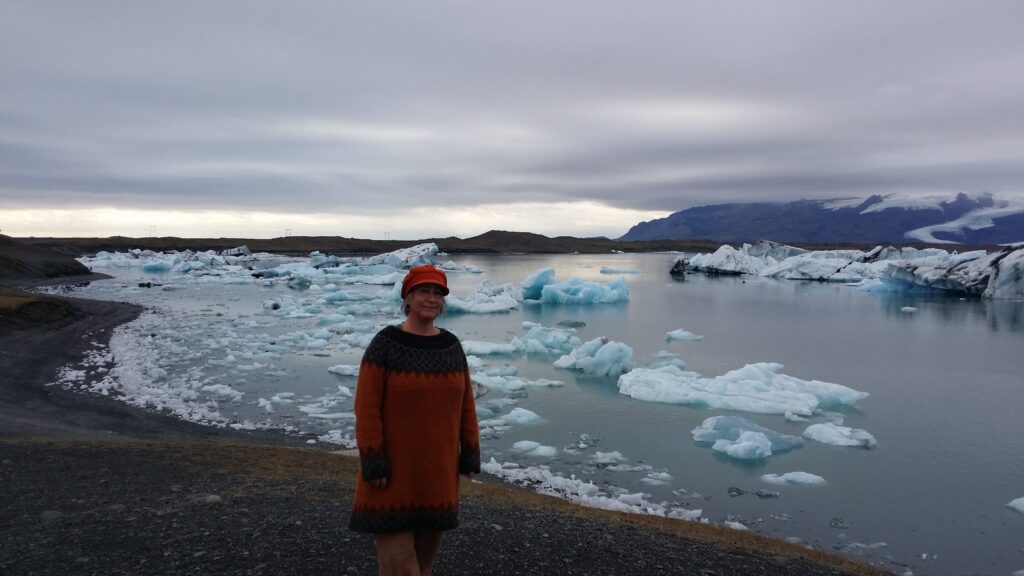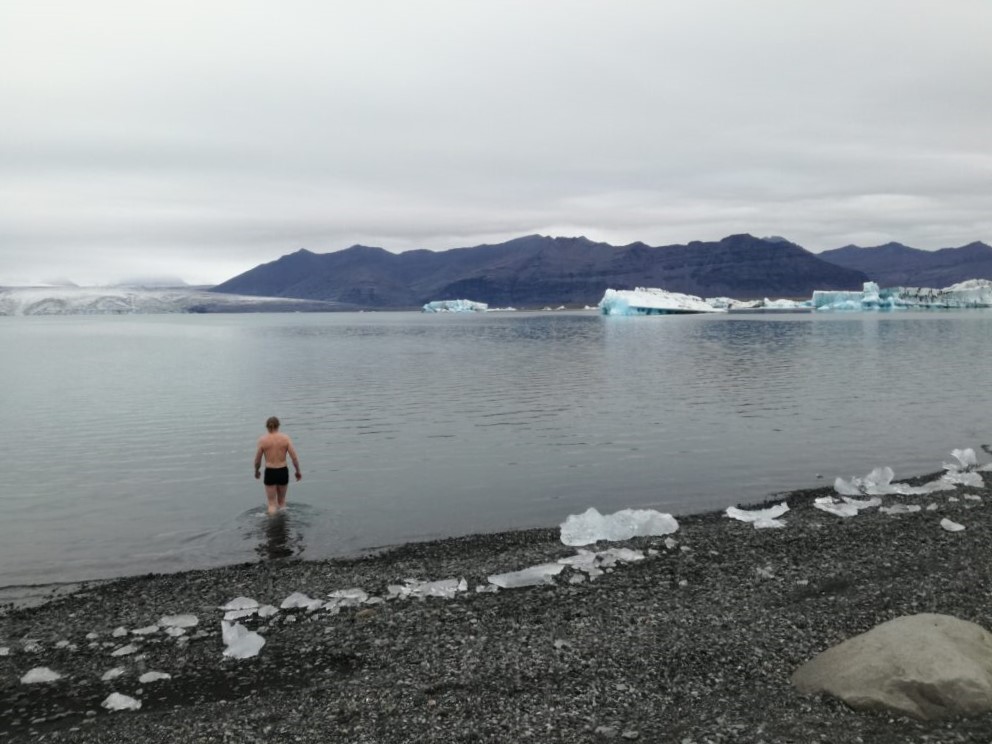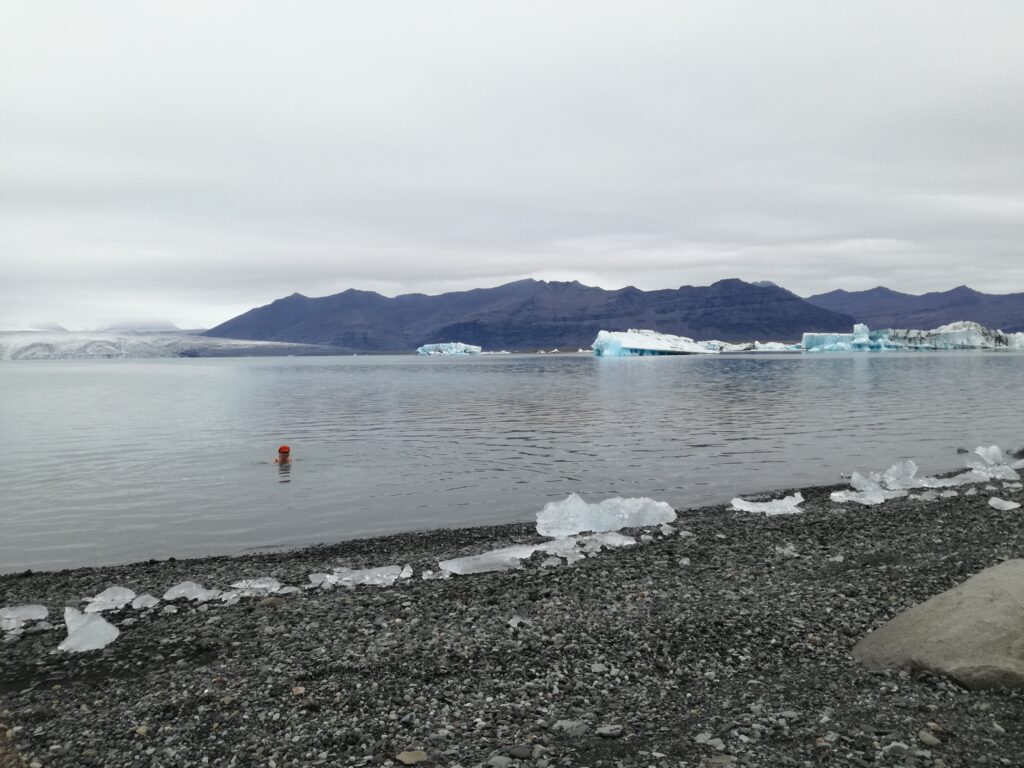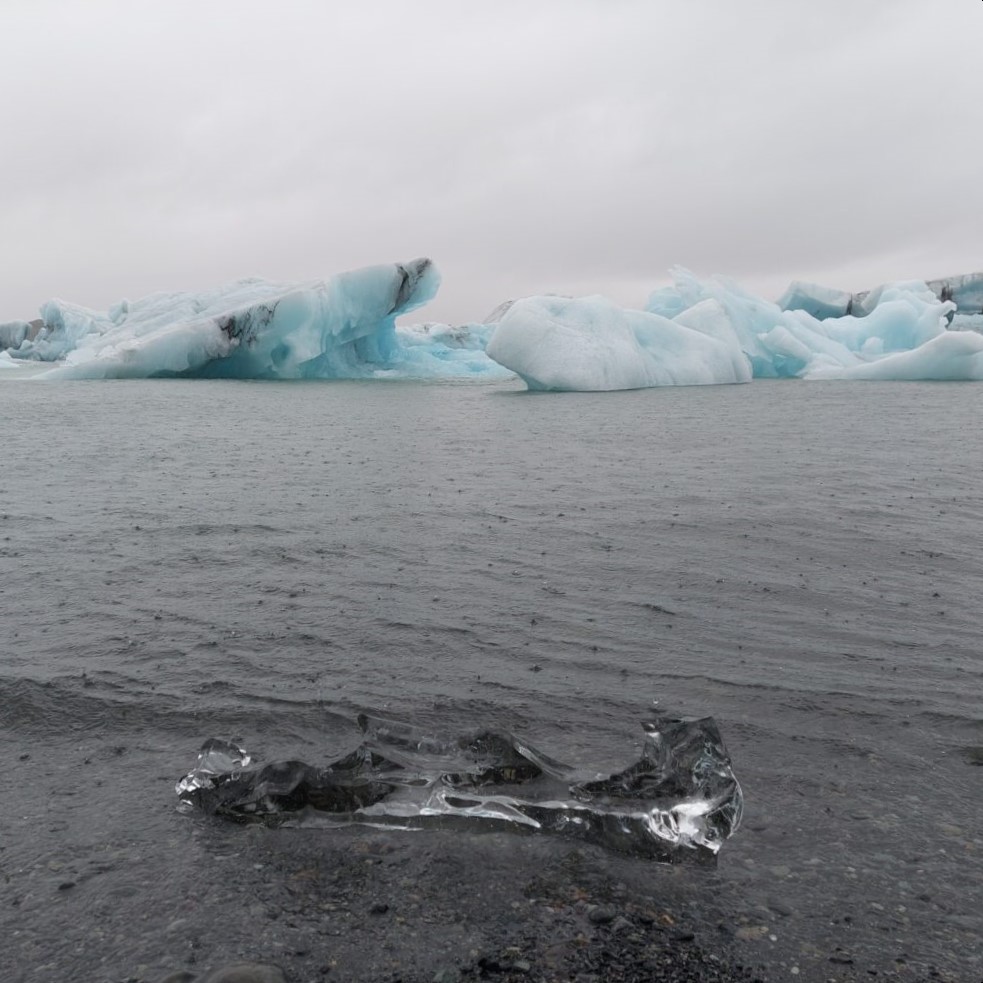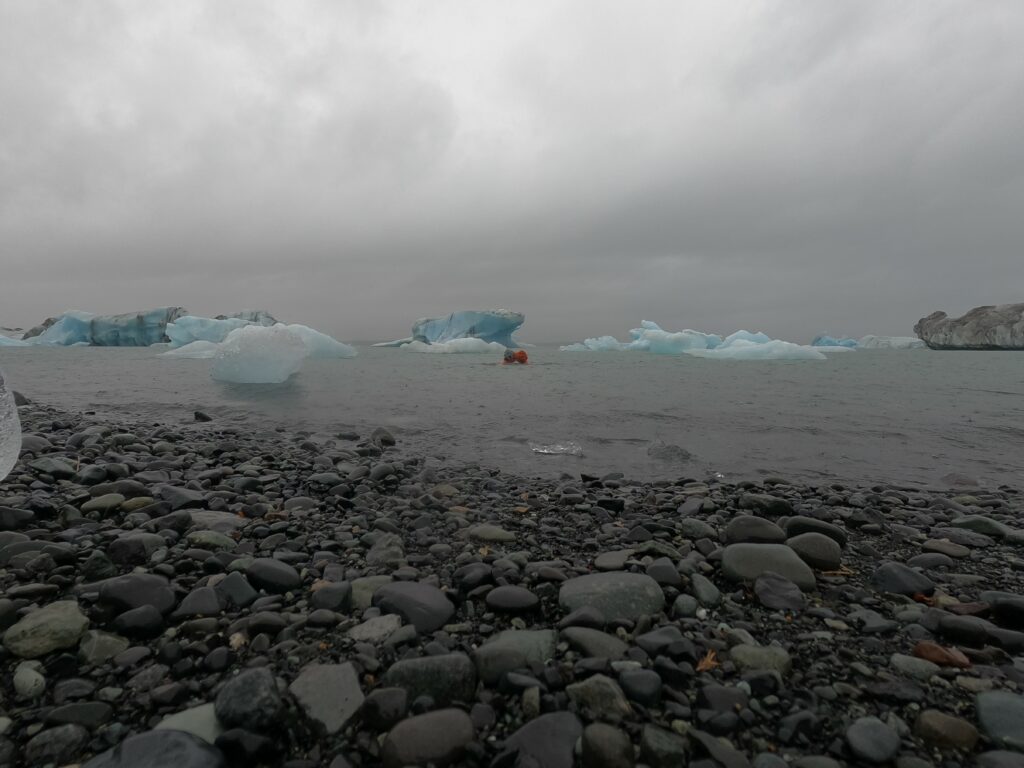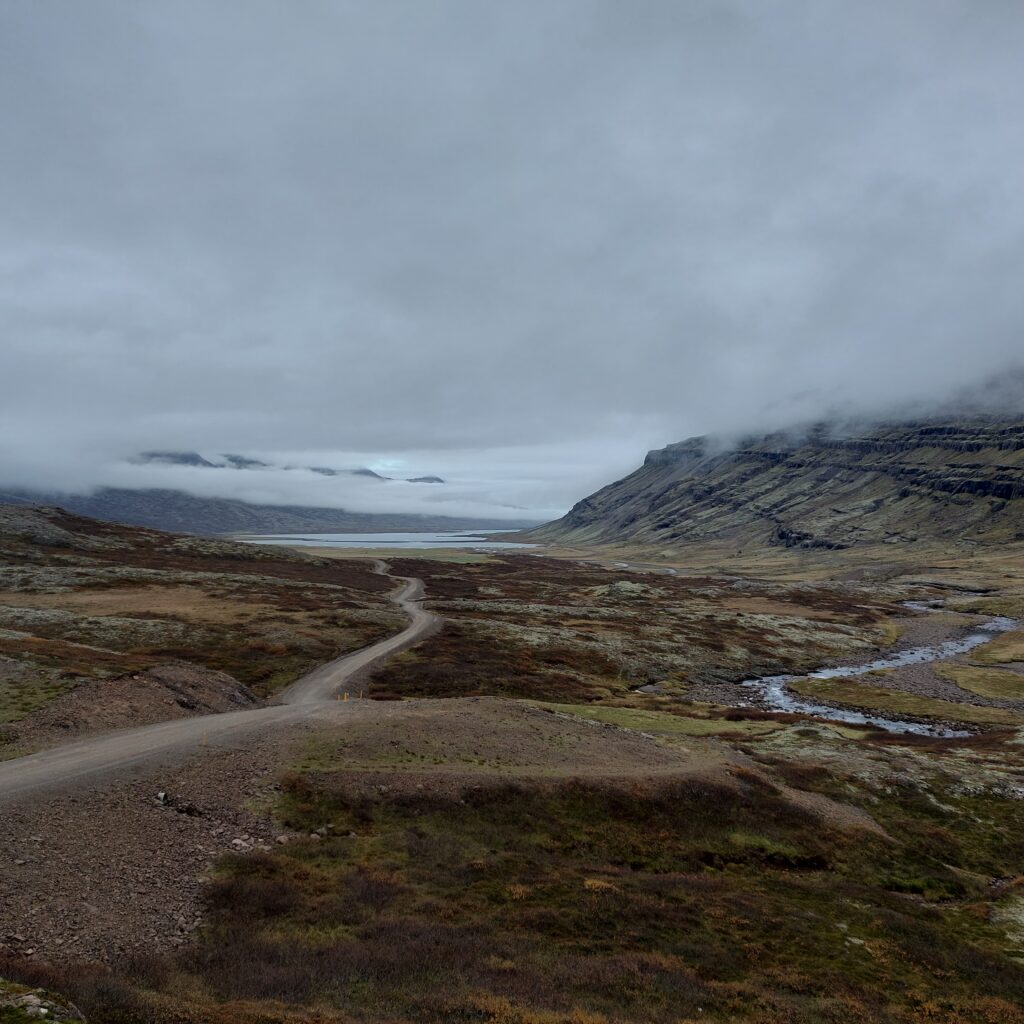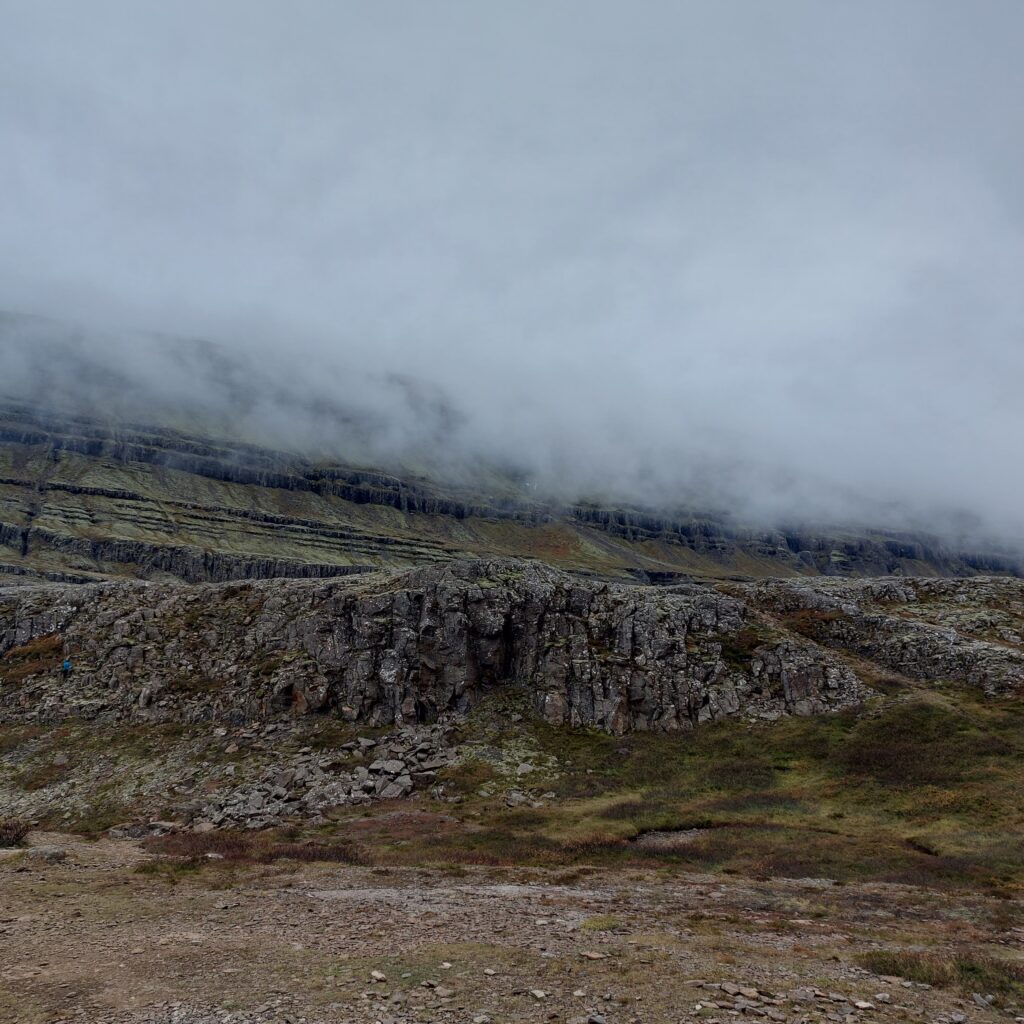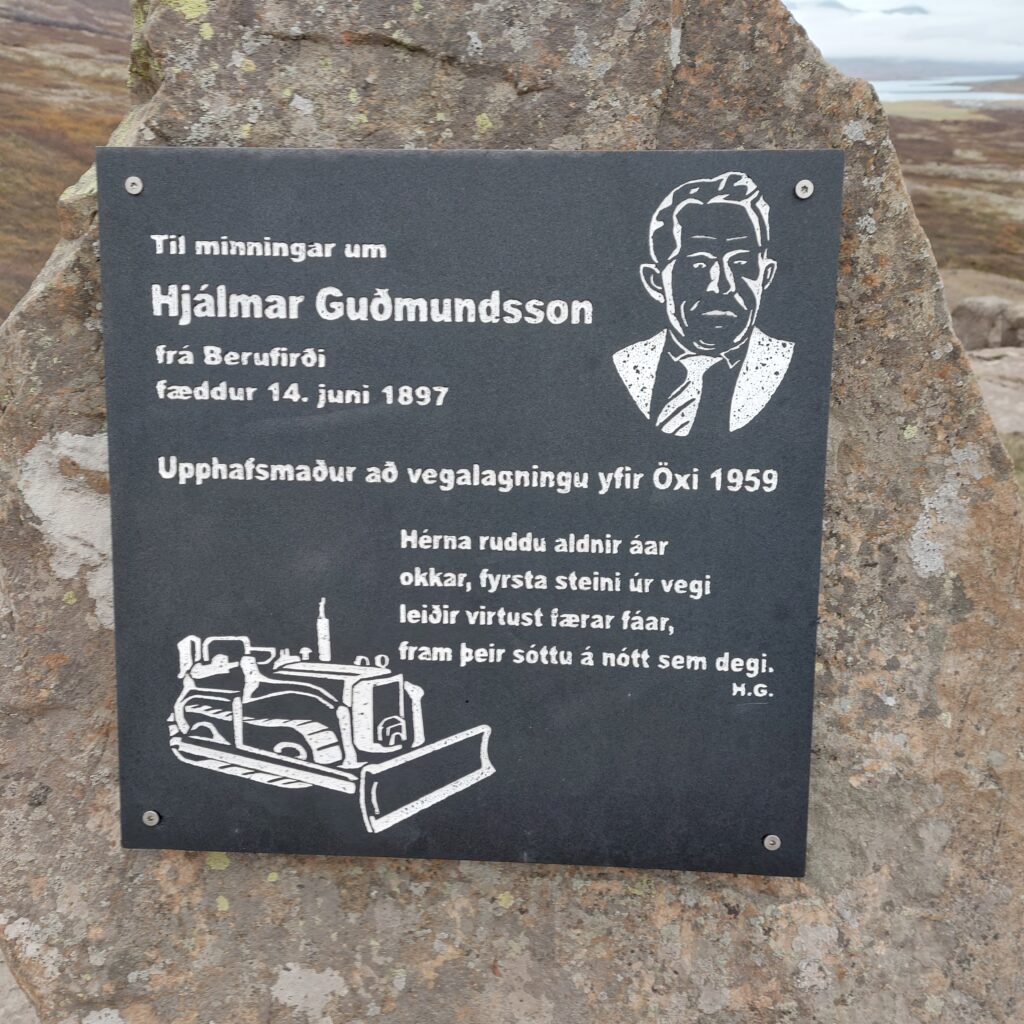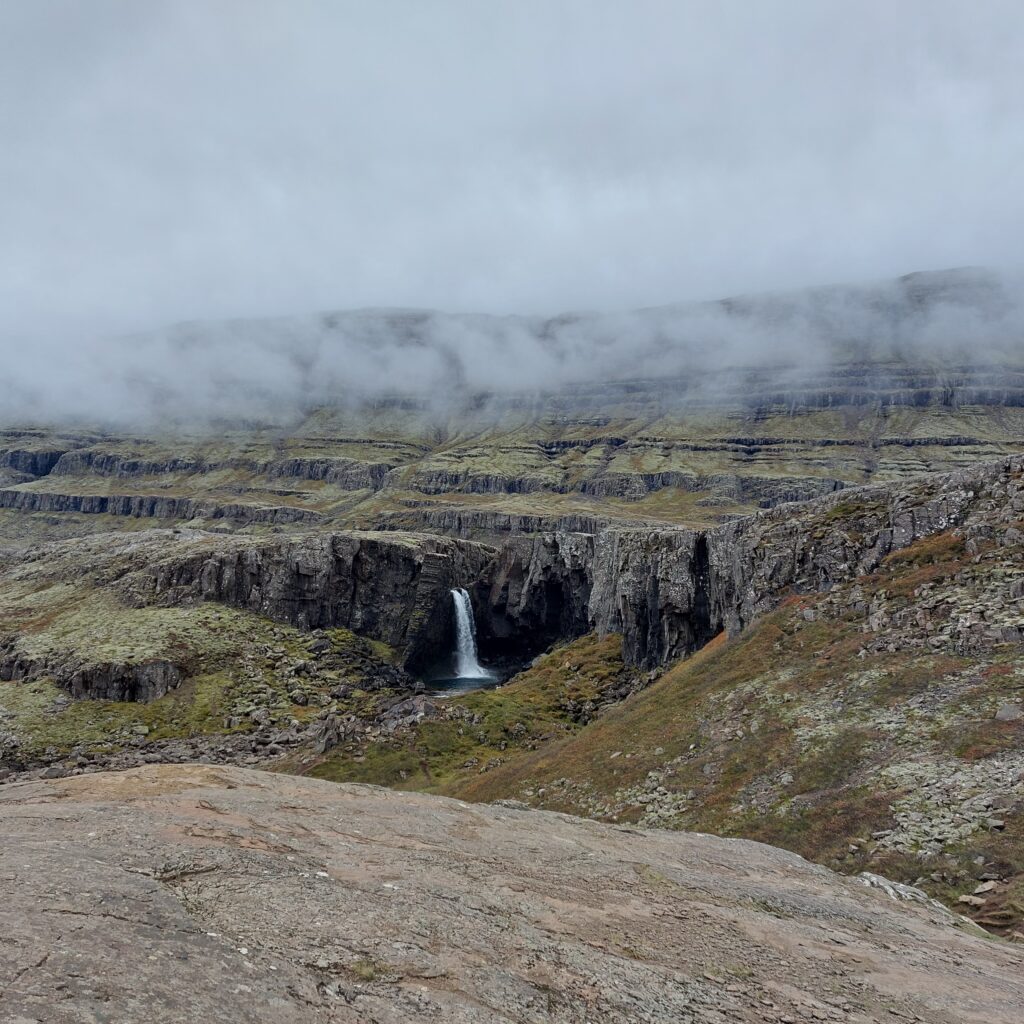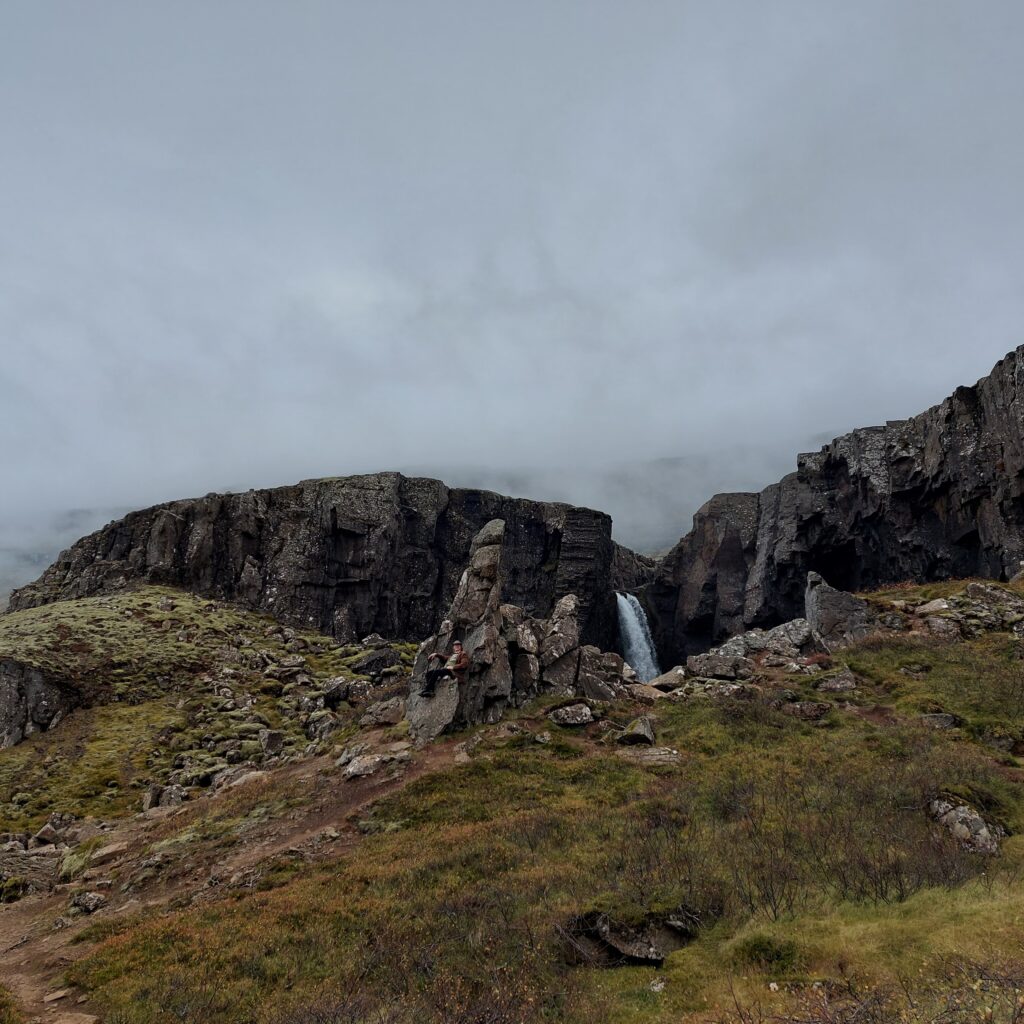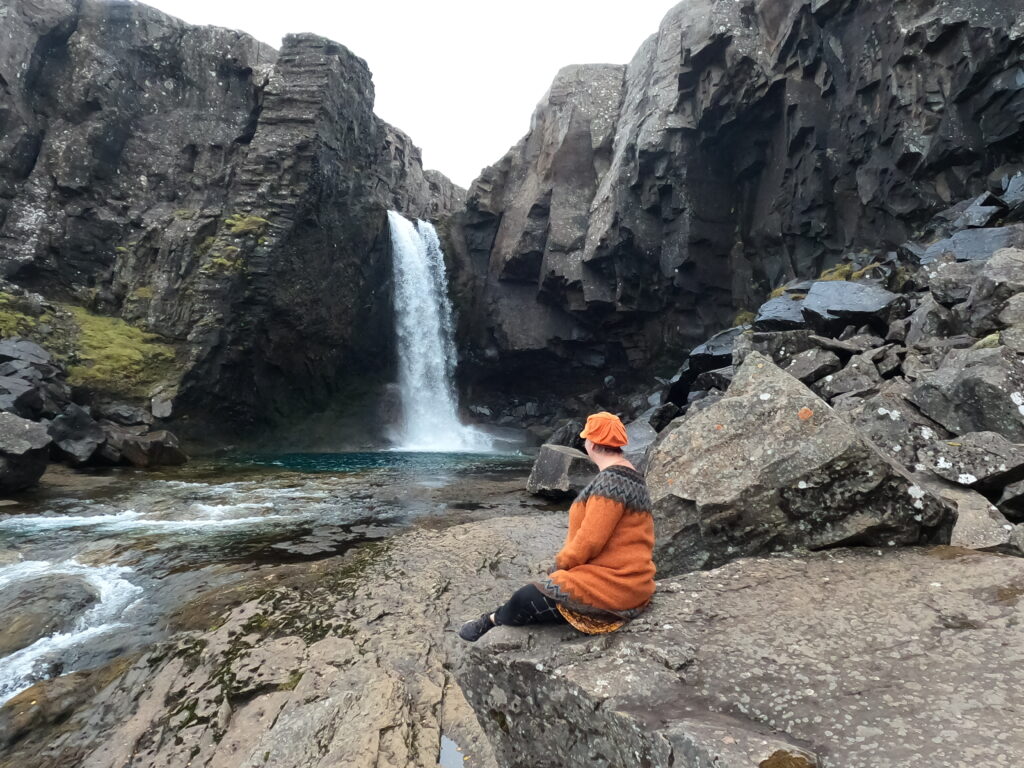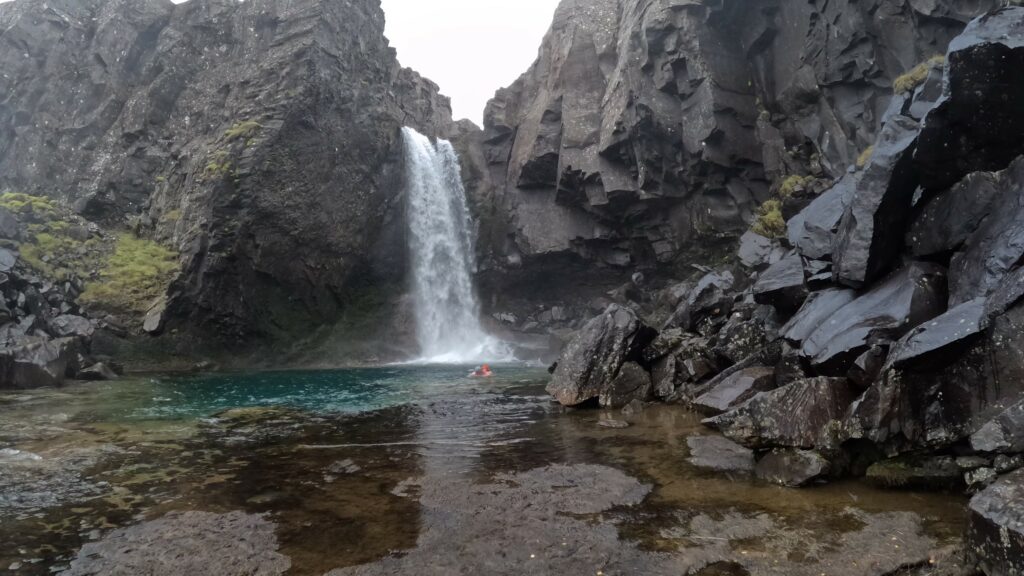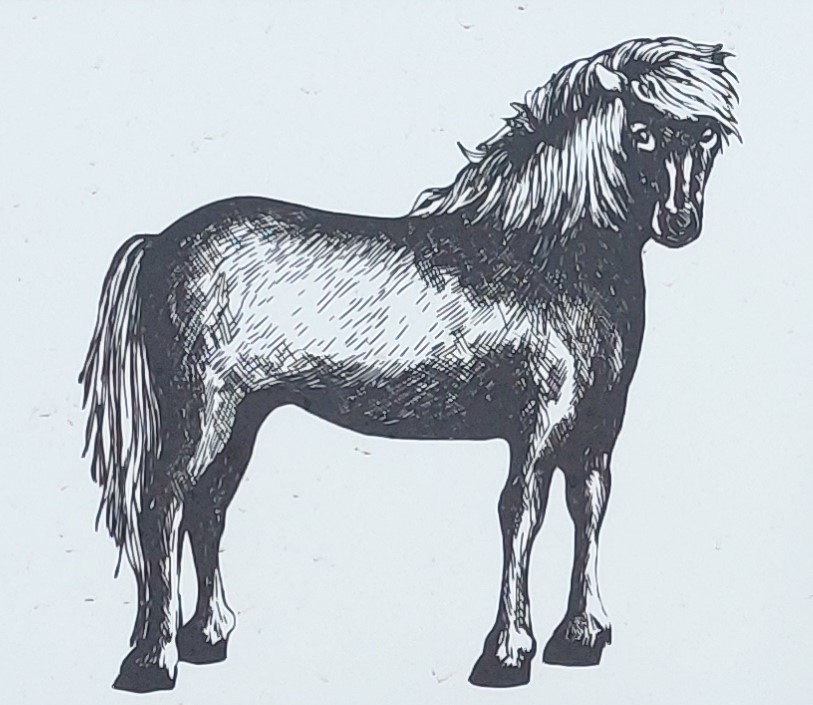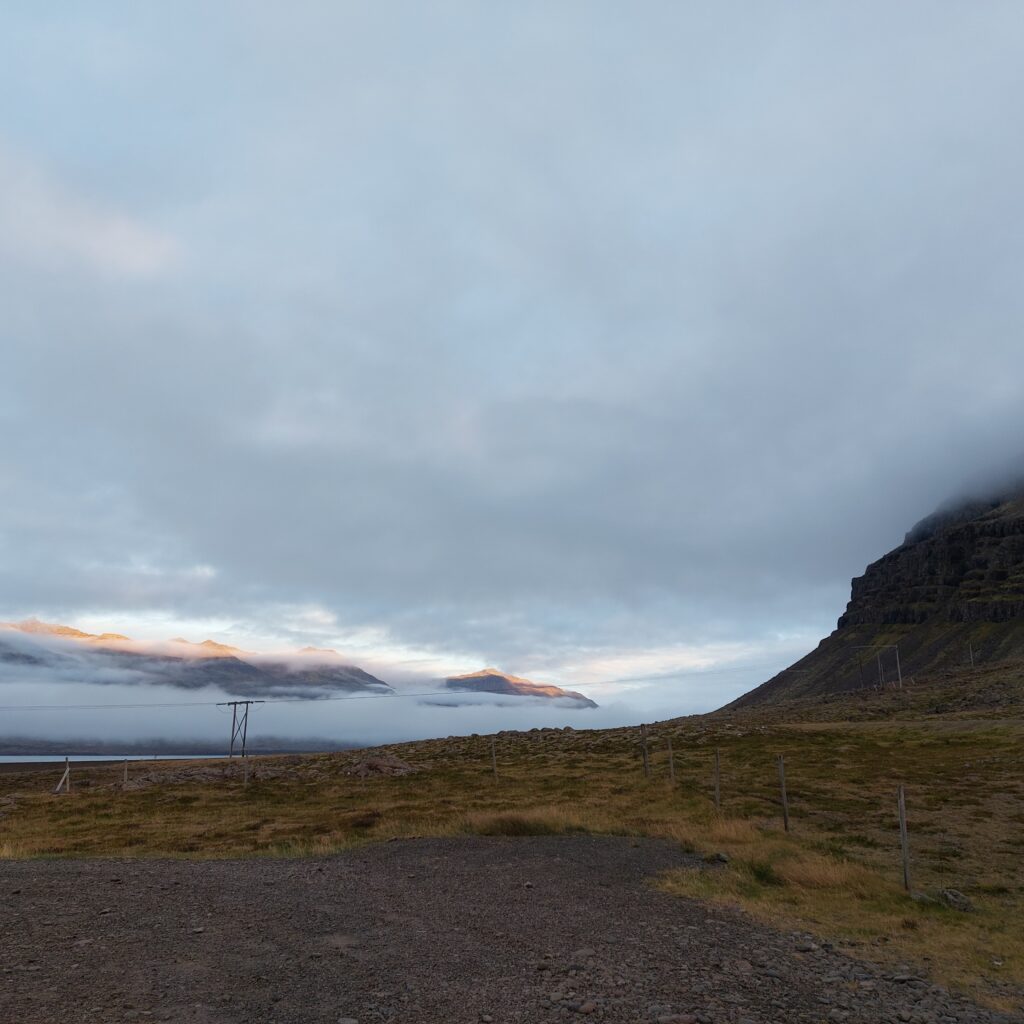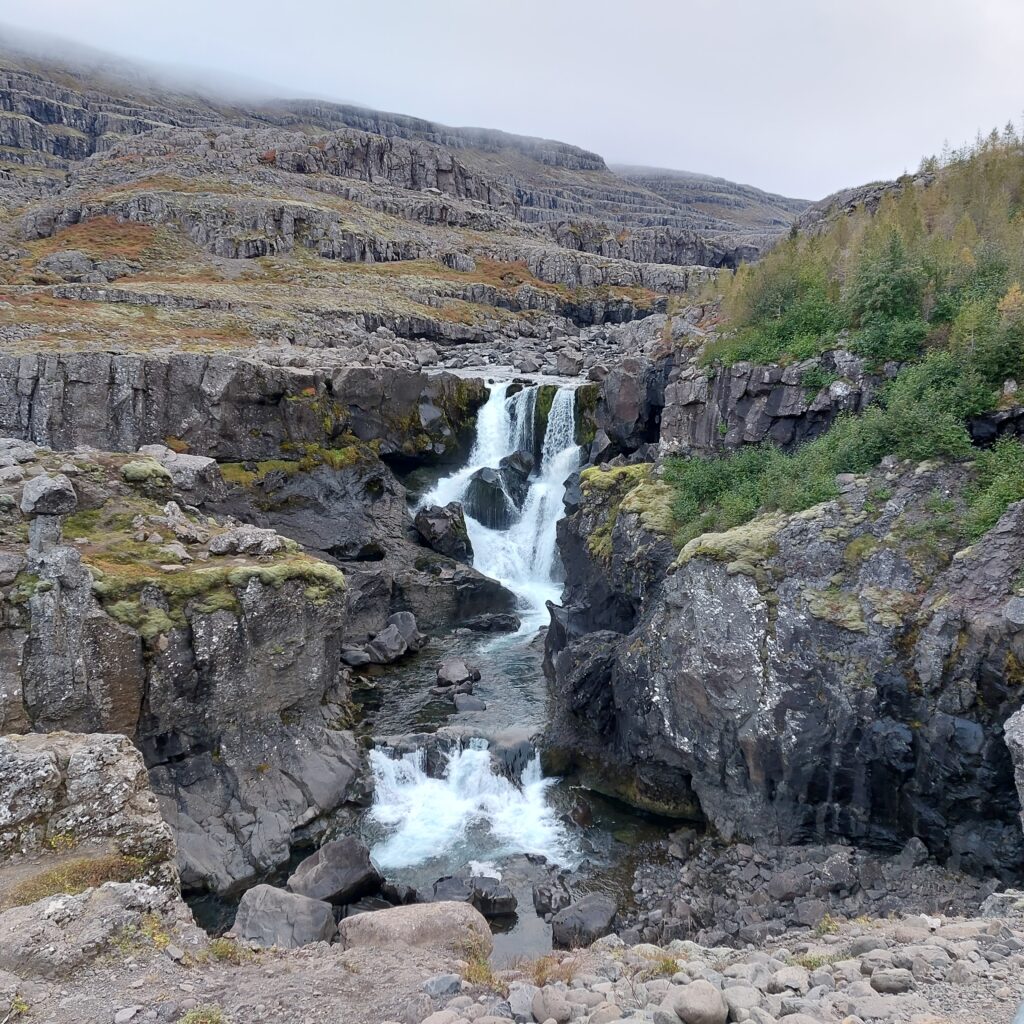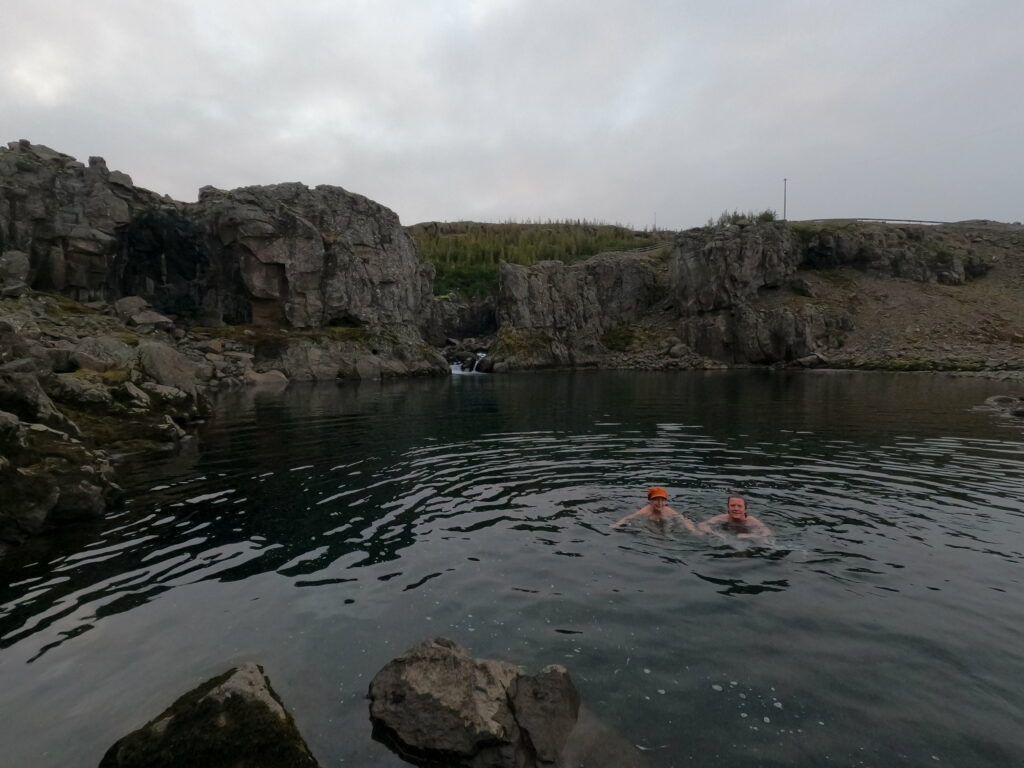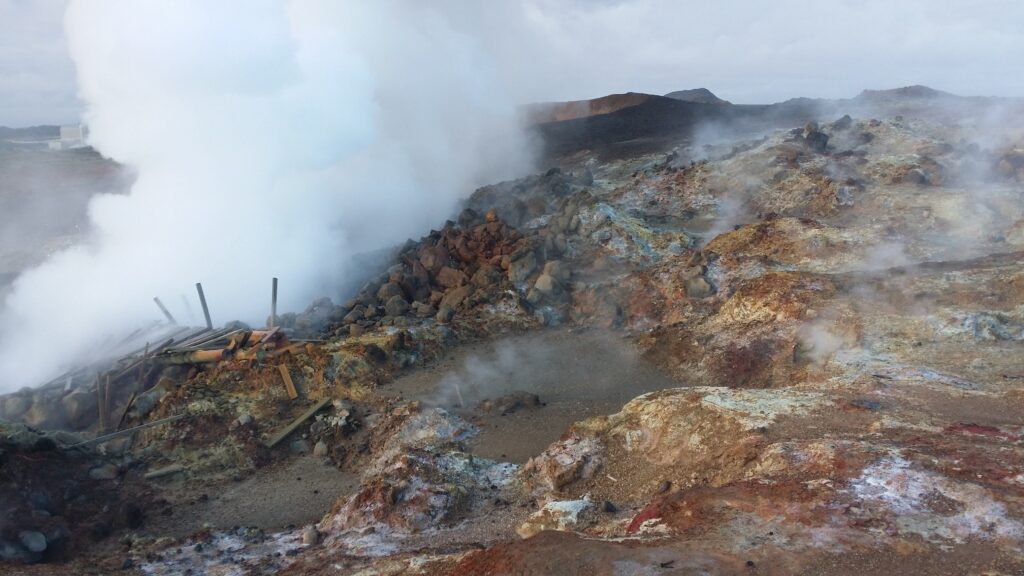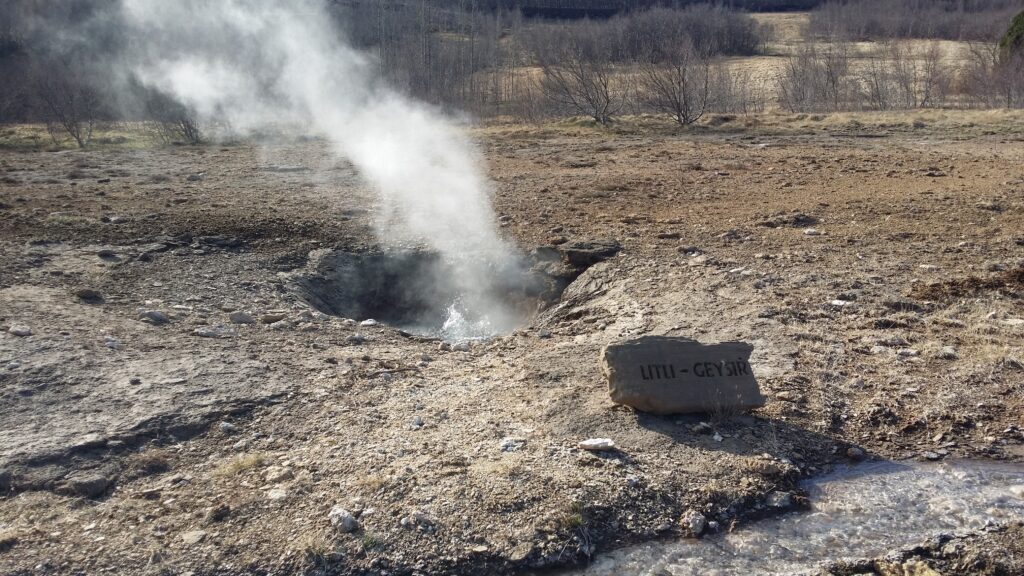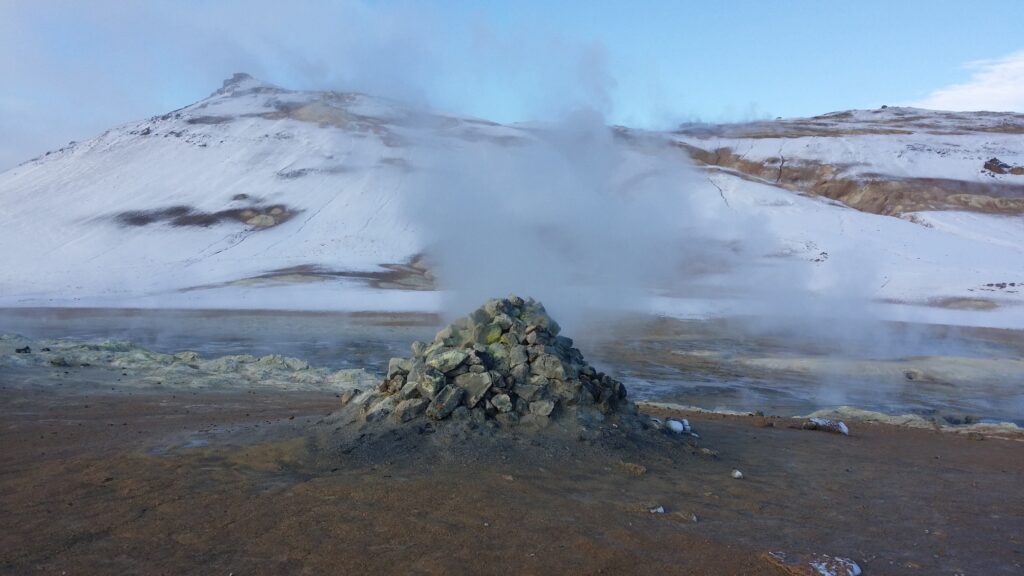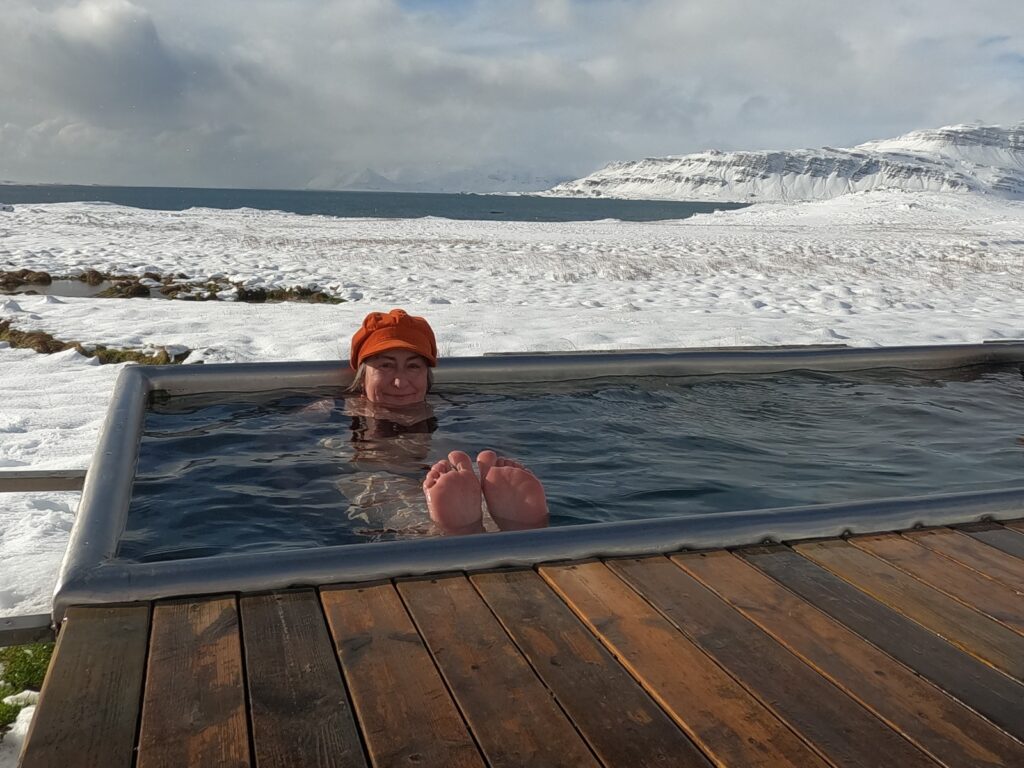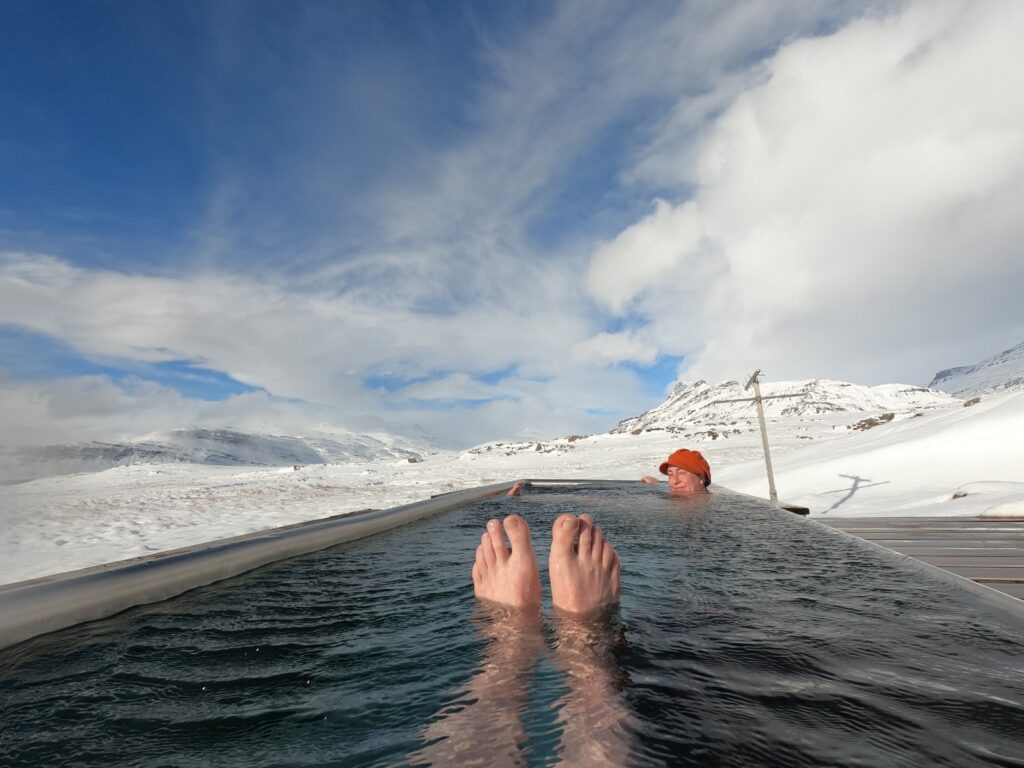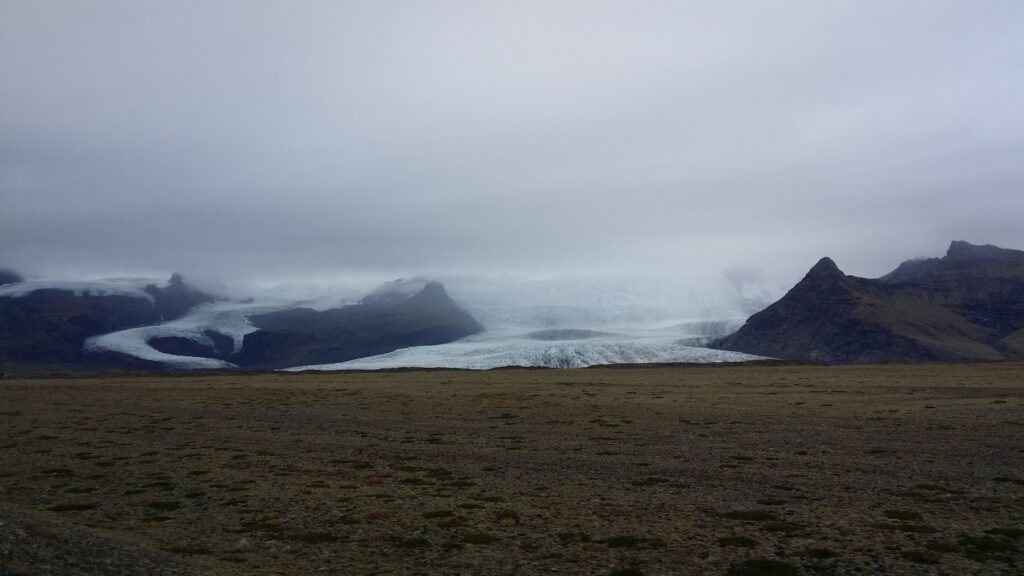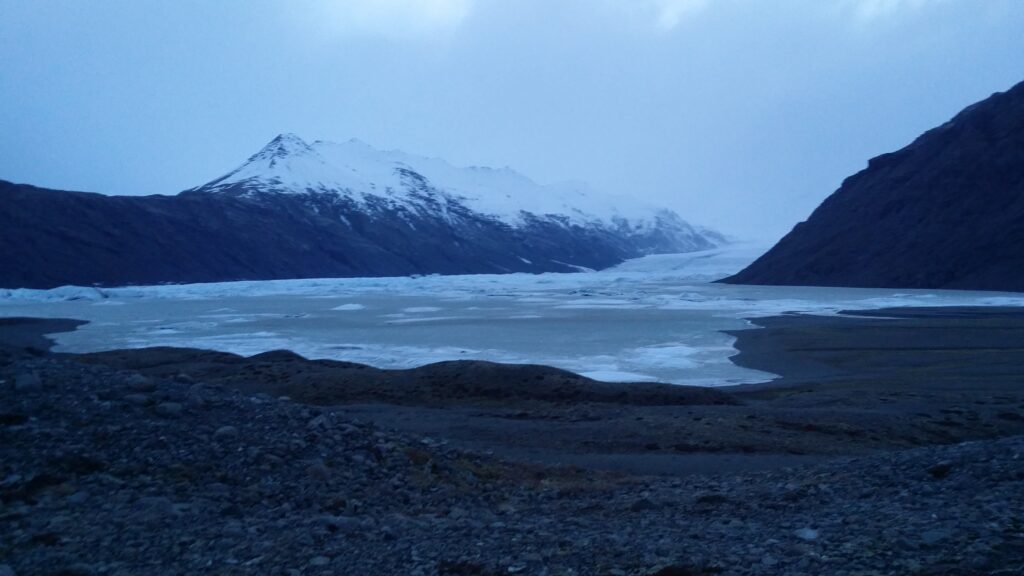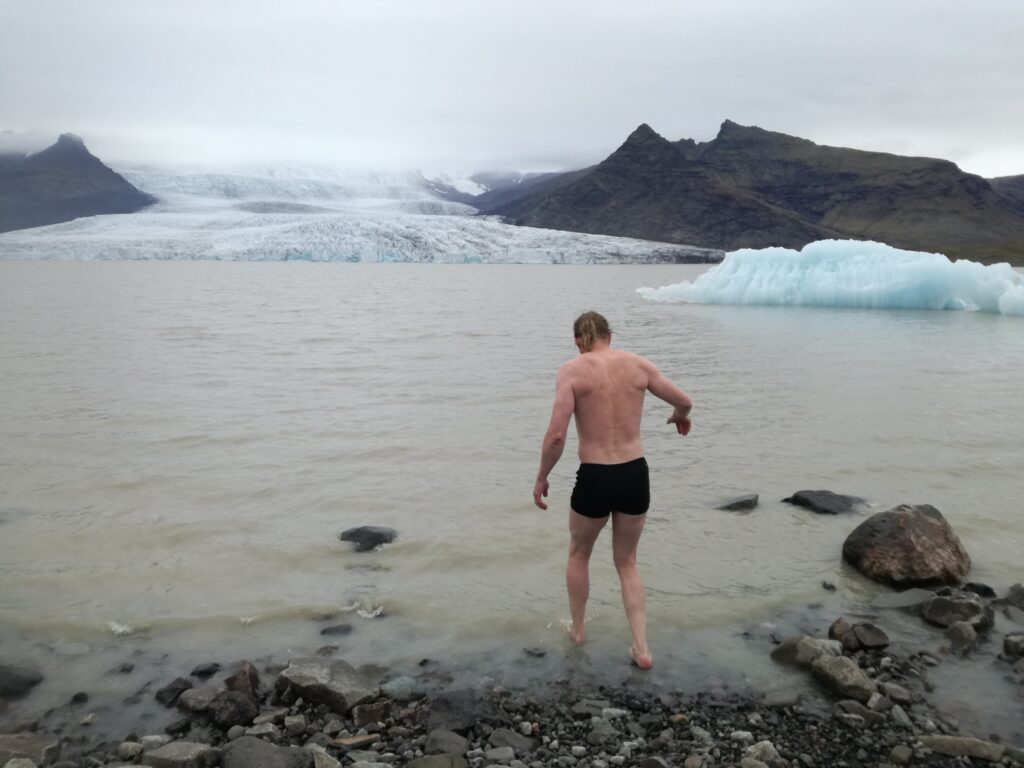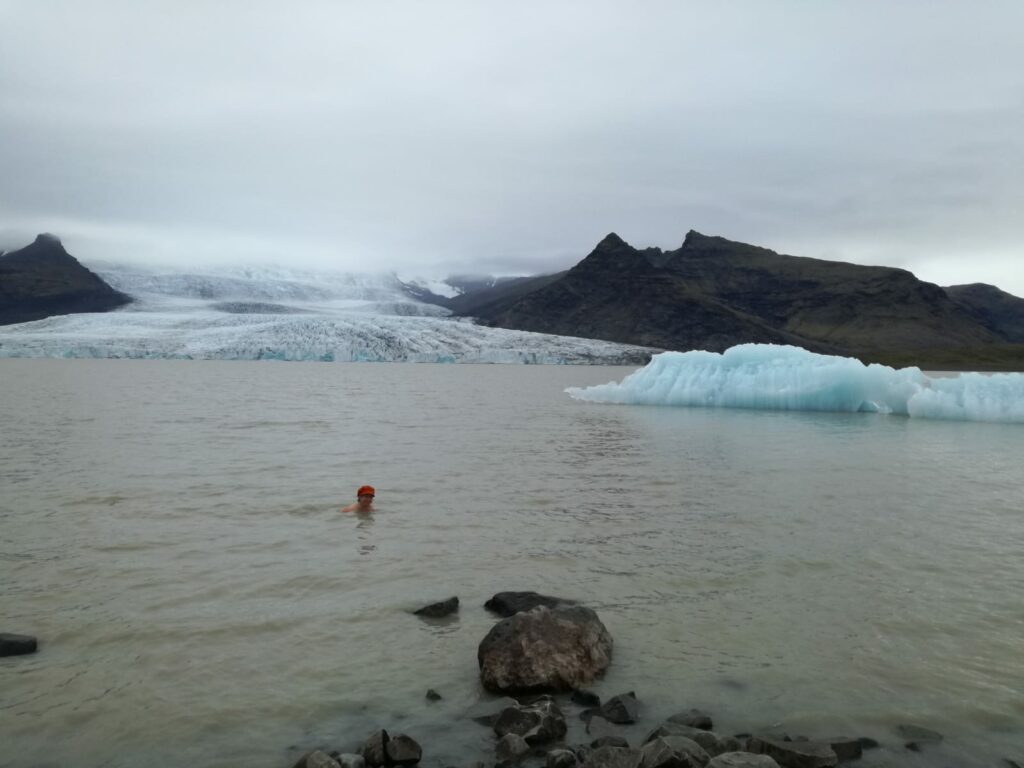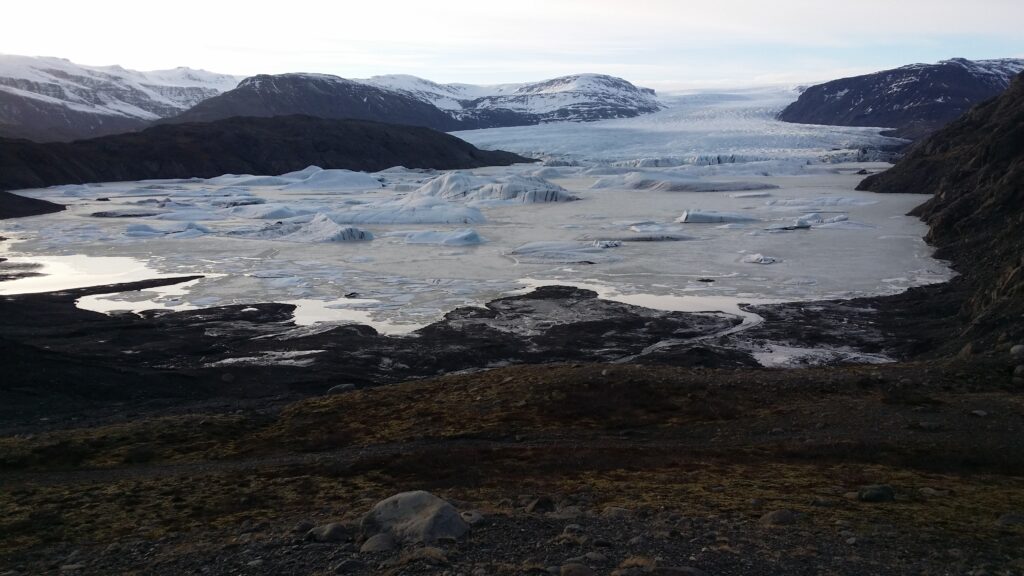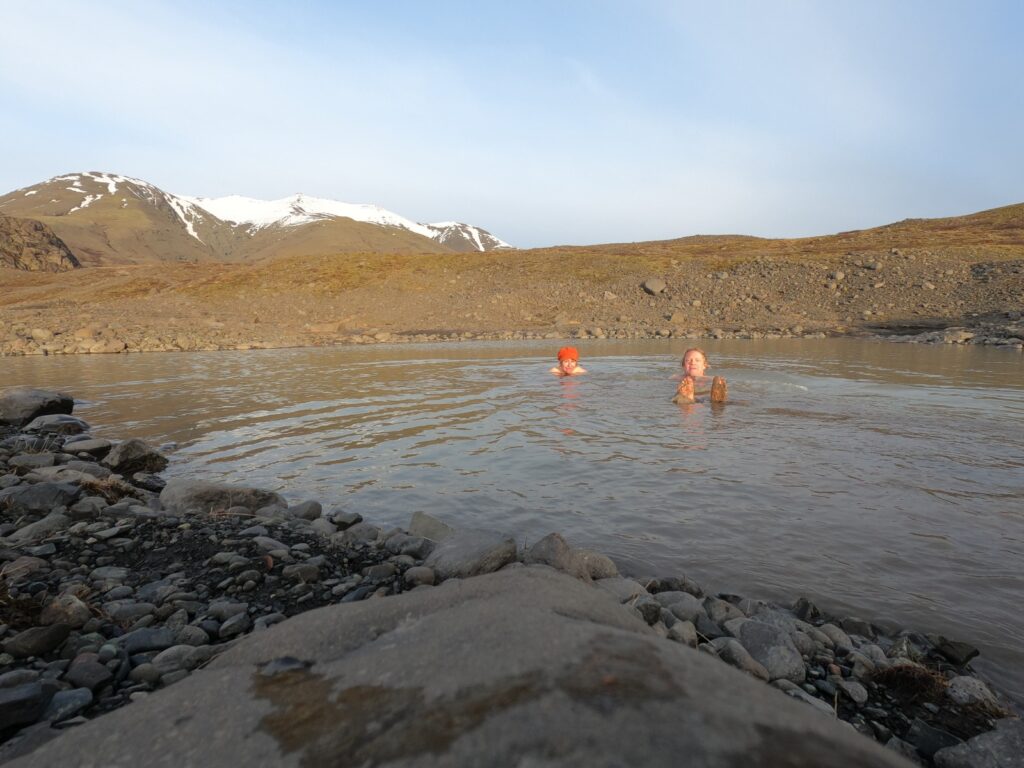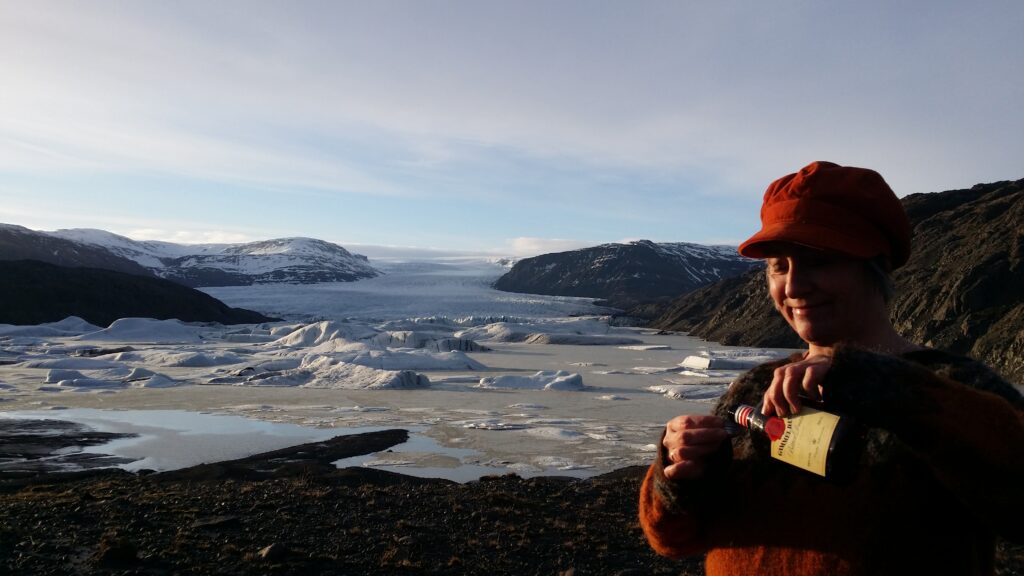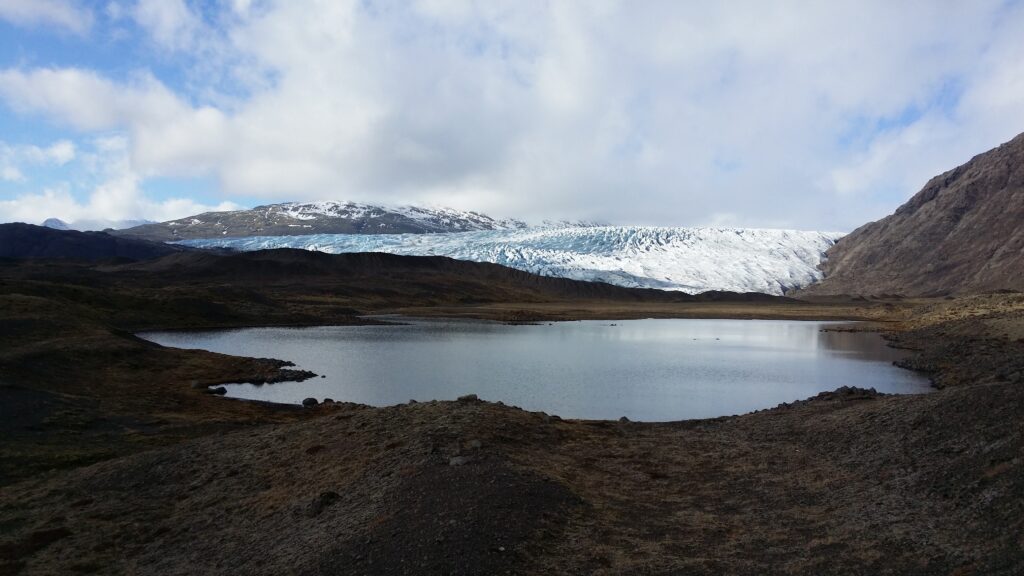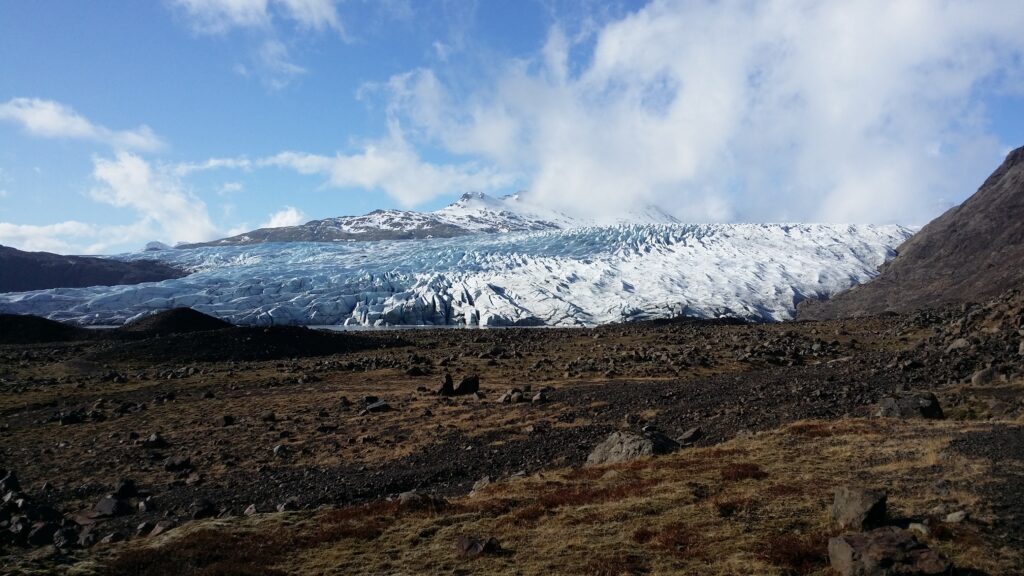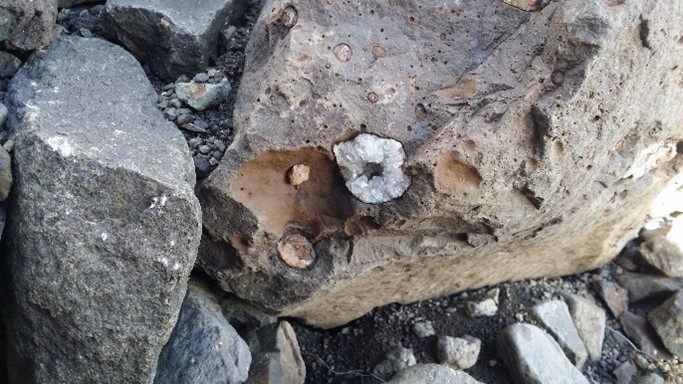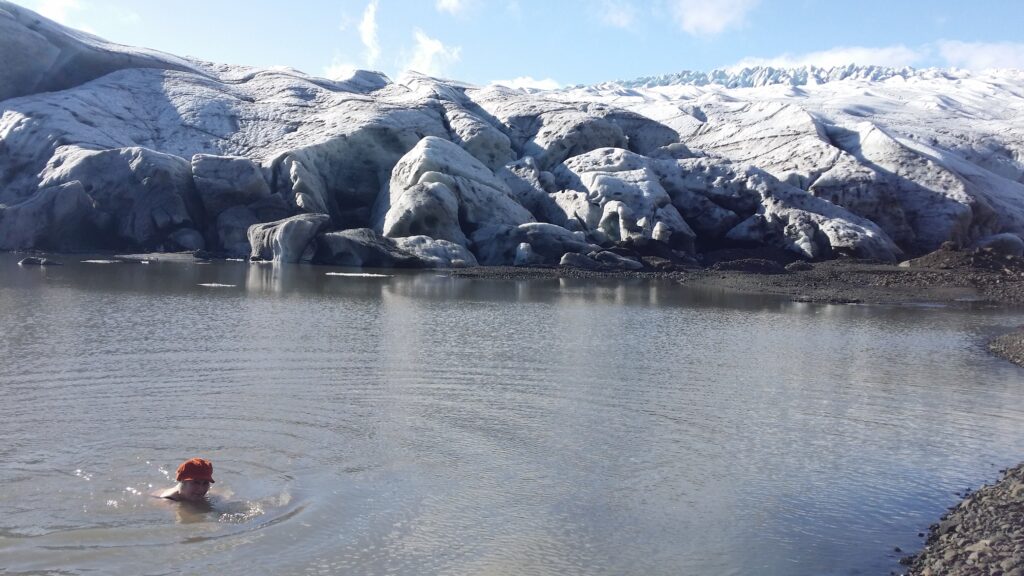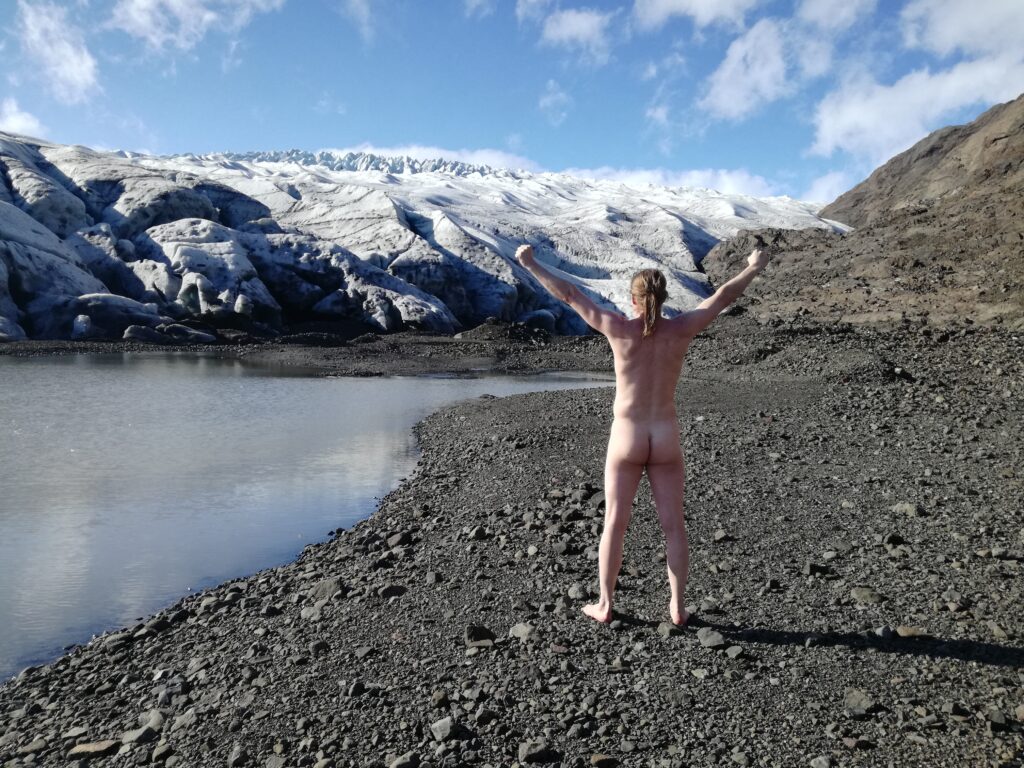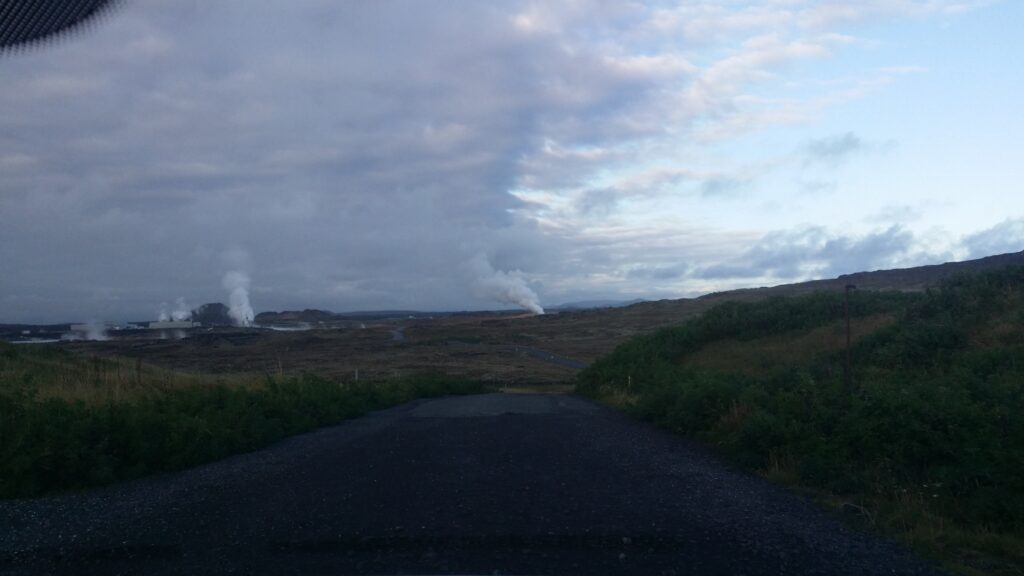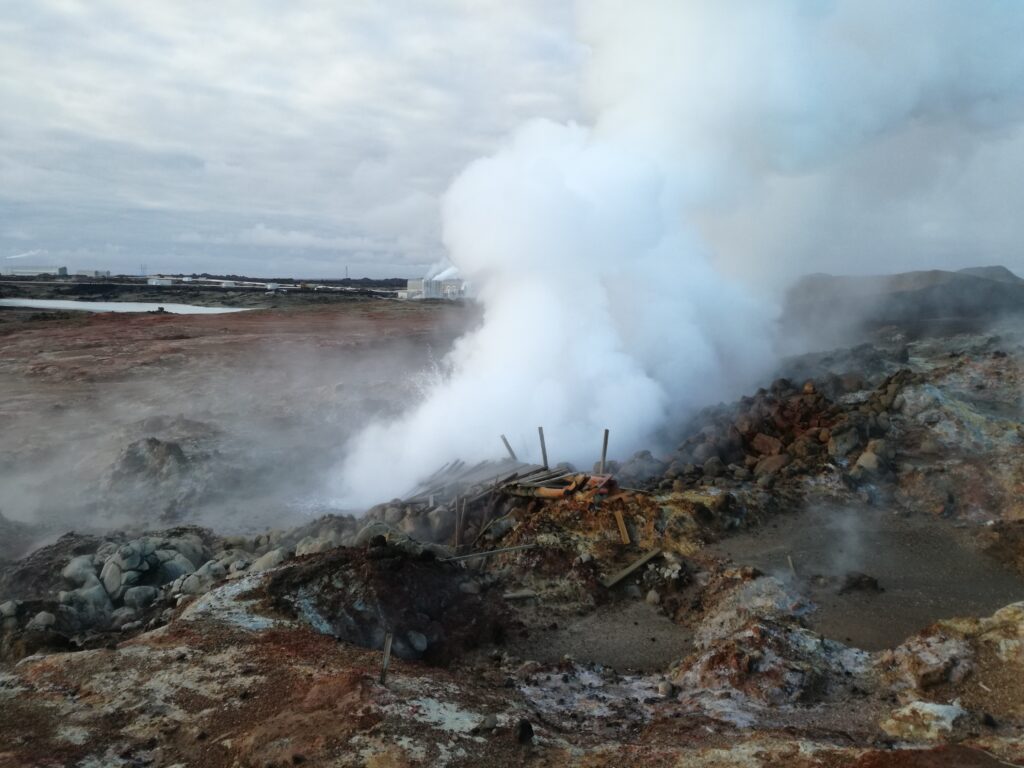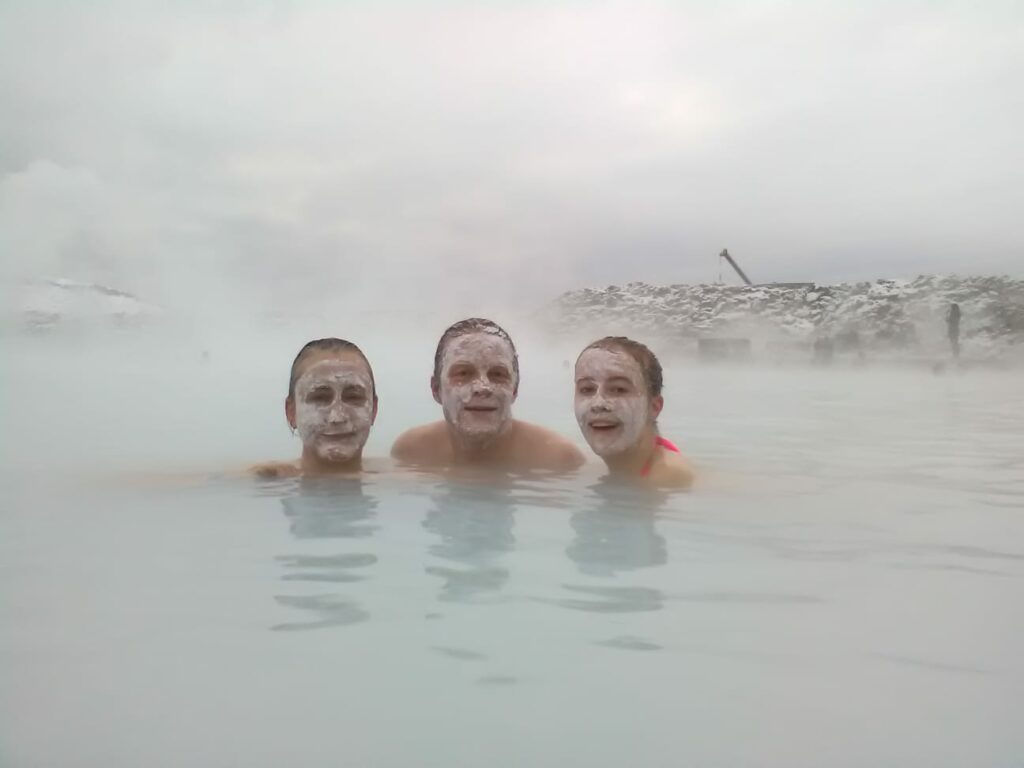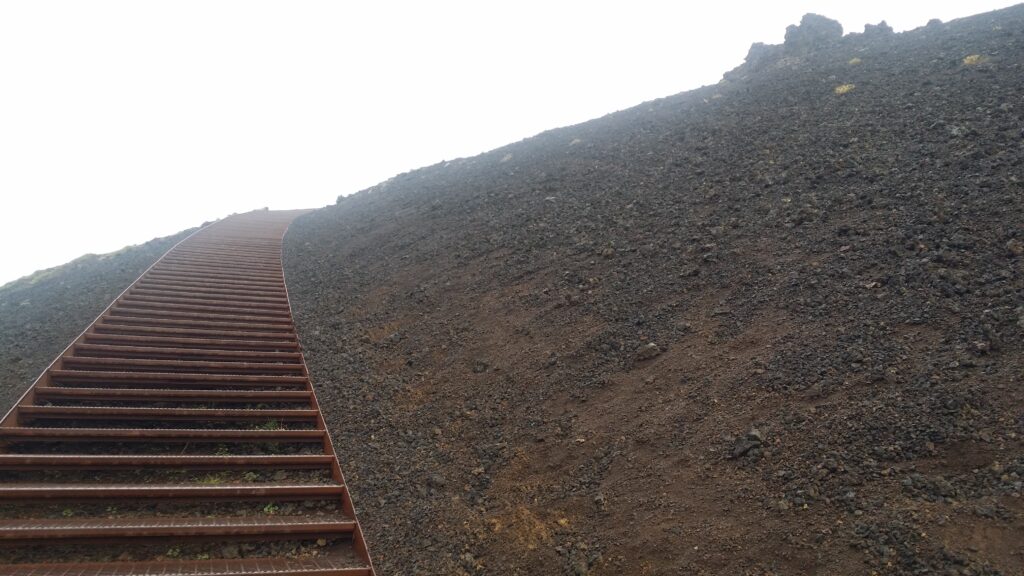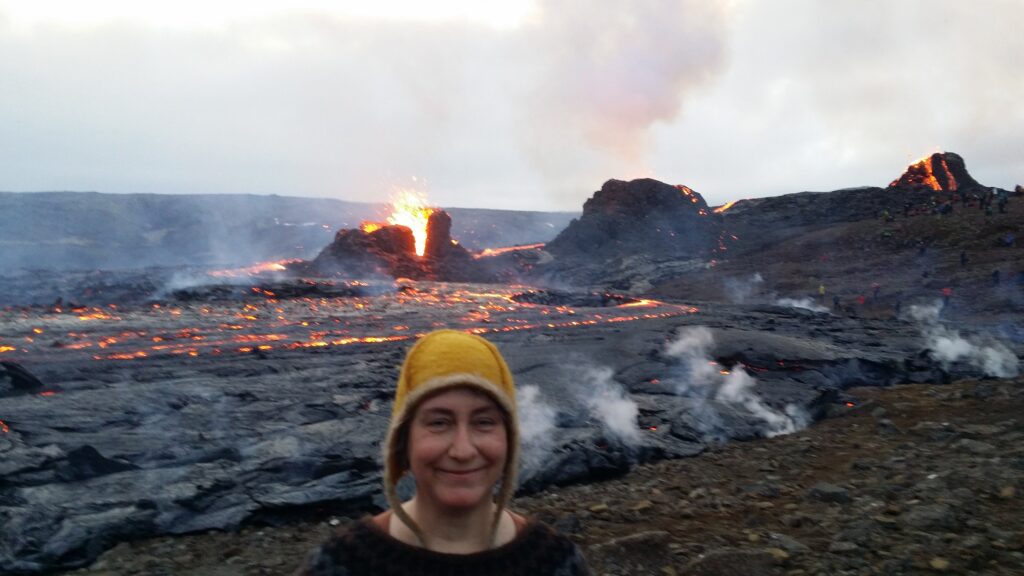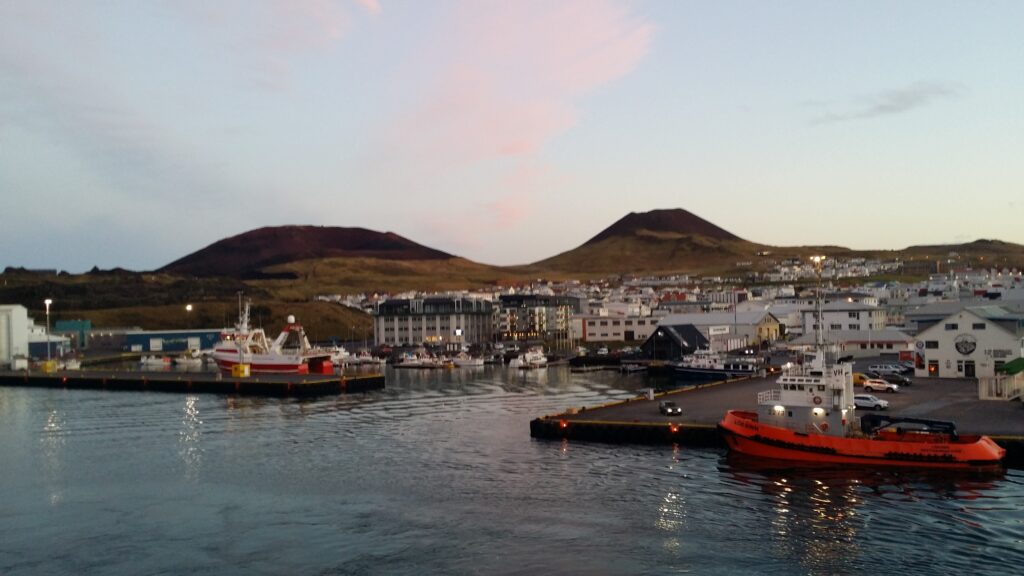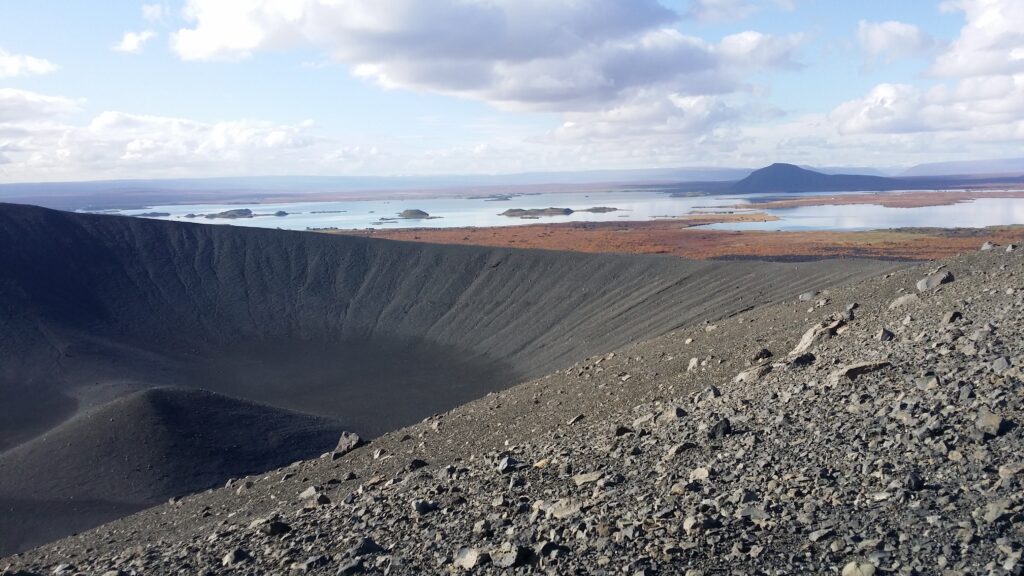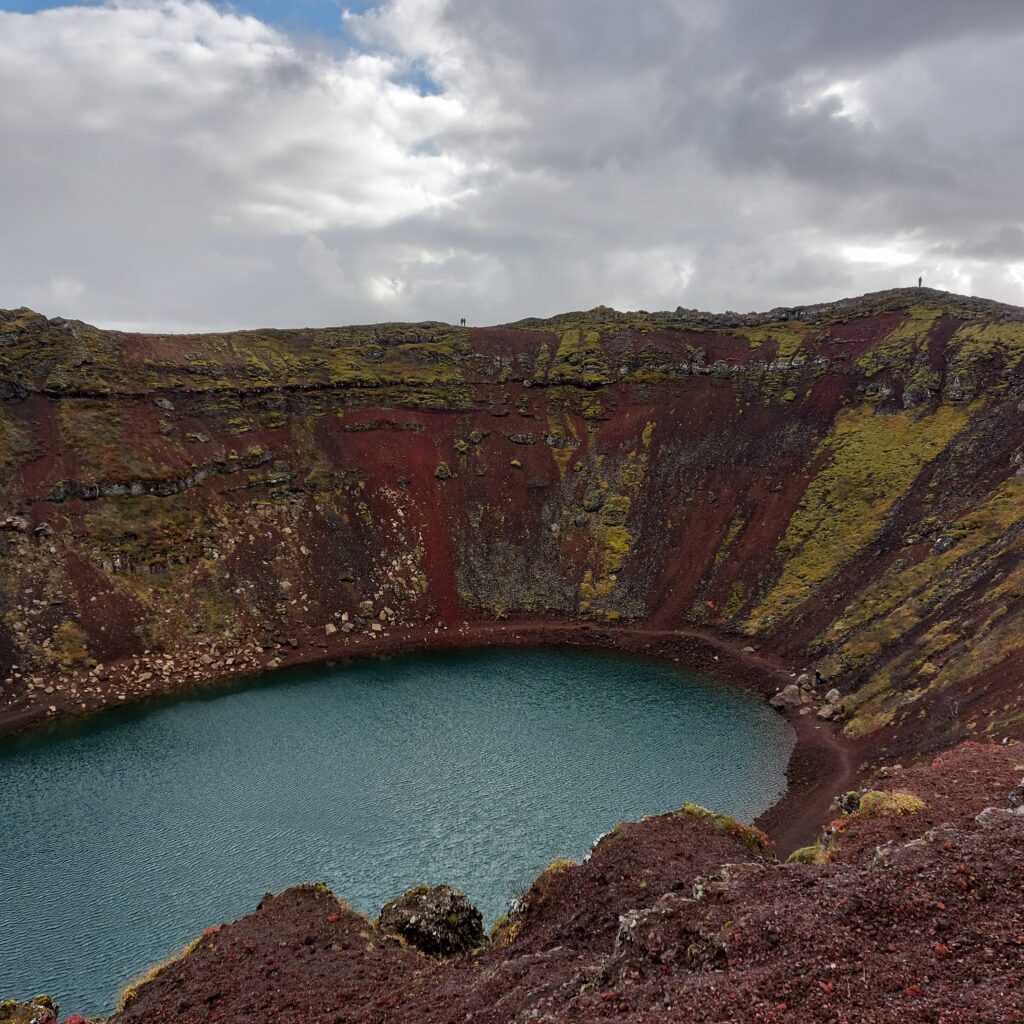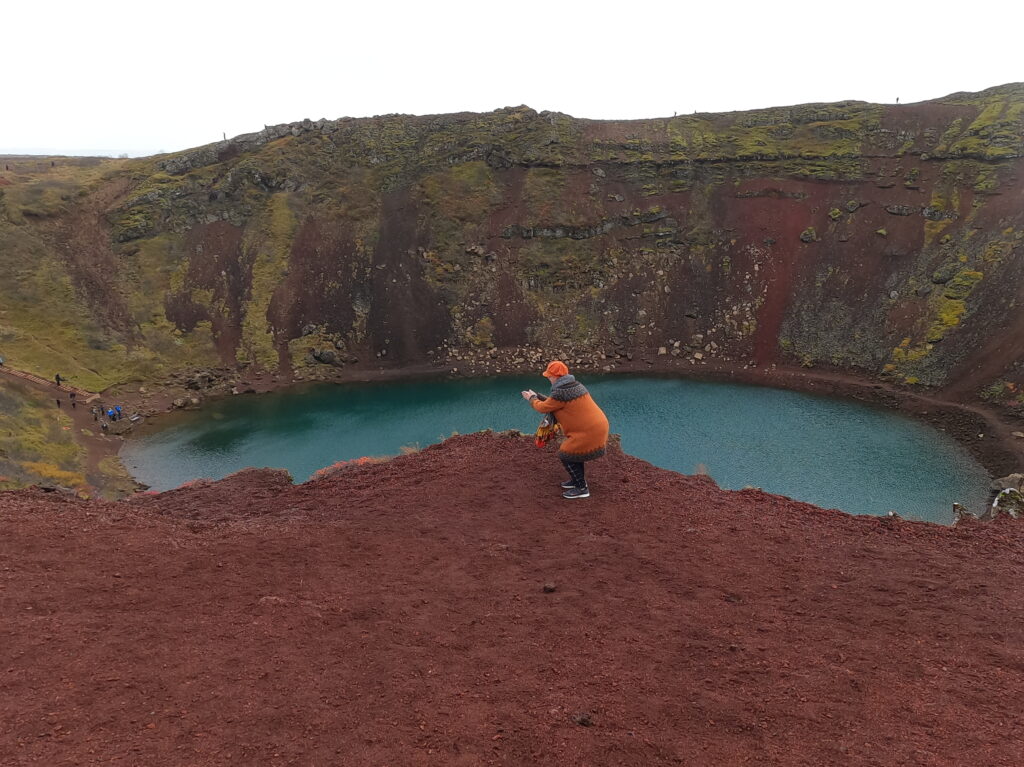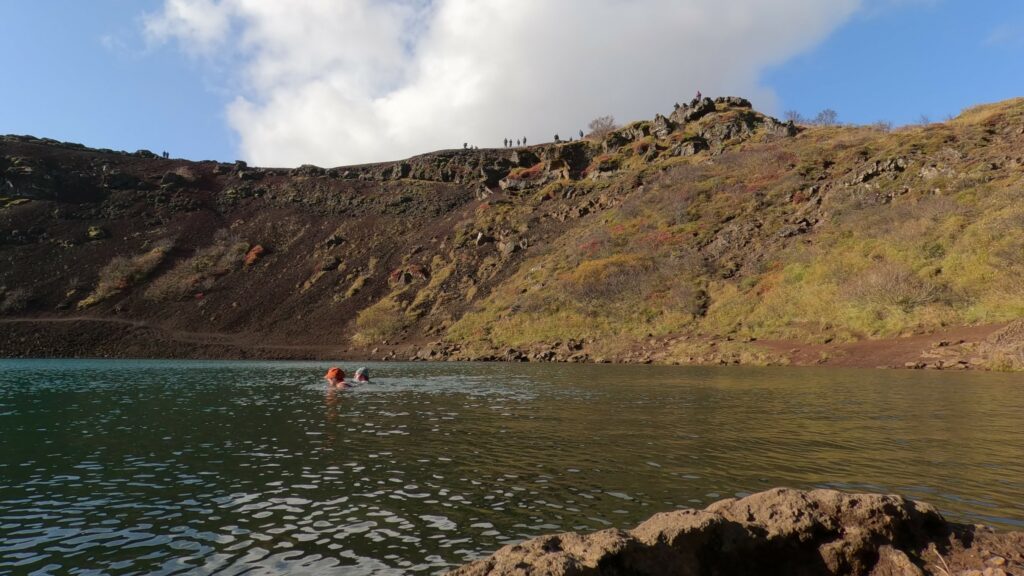Despite all the other things Iceland has to deal with in form of geysirs, earthquakes, volcanic eruptions and bad weather, it is avalanches that take the most lives. The first record of an avalanche is from the year 1118! In the ‘Sturlunga Saga’, it is mentioned that five people died in an avalanche, and thereafter more than 680 lives have been lost.
From ‘Torgils and Havlide’s saga’ (a part of ‘Sturlunga Saga’):
‘Måg-Snorre was a wealthy man, who had a house in Svinadal, at the place which is now called Snorrastad; he drowned in Sælingsdalså, at the place now called Snorravad. His brother-in-law Sighvat Ulvsson went out with four other men to search for the body, but they were buried under an avalanche and all perished.‘ (References)
‘Here one can safely say that ‘misfortunes never come singly‘.
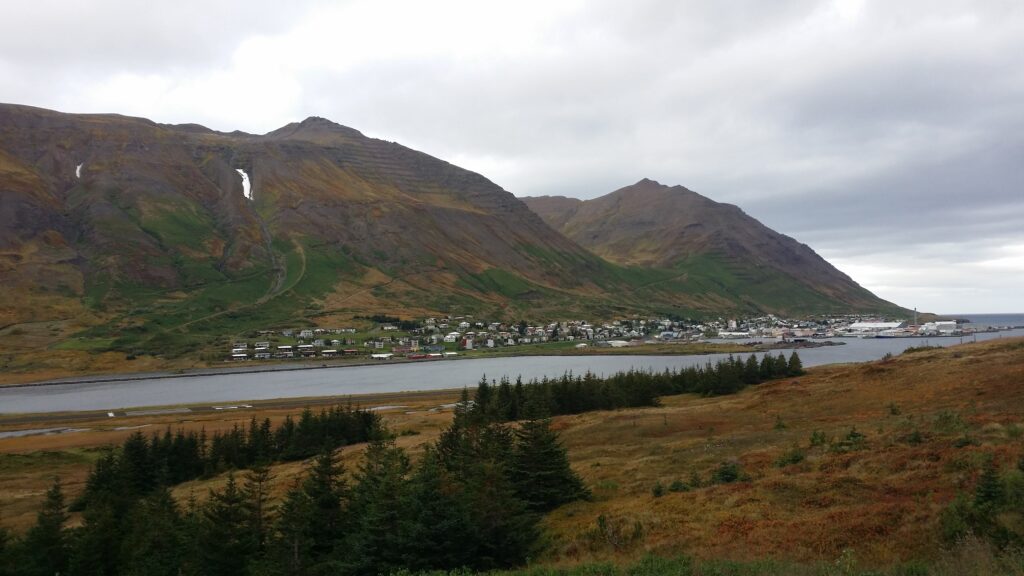
There has been a major investment in avalanche protection the recent years, and many settlements are secured with ‘fences’ high up in the mountainside. Other places, moraine-like ramparts have been built to lead the avalanches away from the city. One of the biggest avalanche accidents in recent times occurred in Neskaupstaður the December 20th 1974, when 12 people died. On this day there were actually 8 avalanches here, two of them fatal. In addition, there were 13 people that were swept away by the slides, who survived after all. This was a terrible blow to the small settlement.
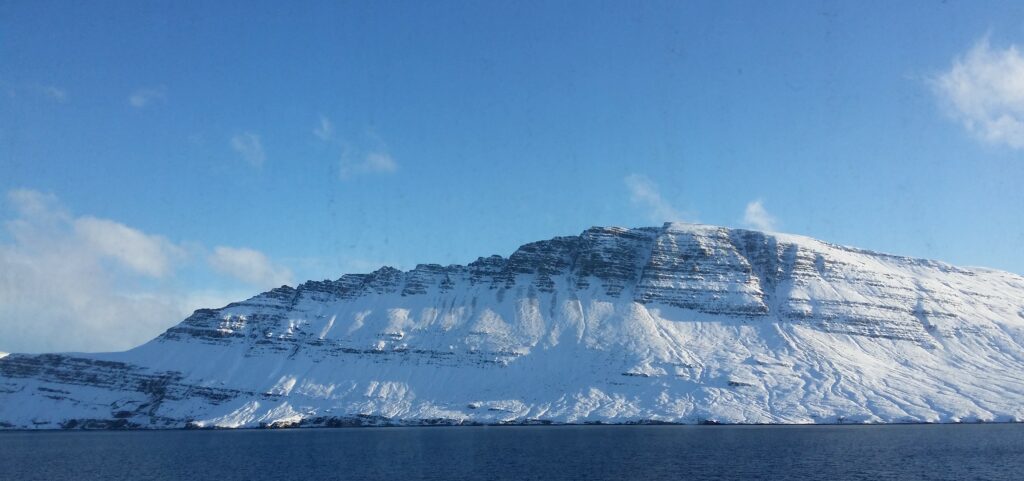
Neskaupstaður has approximately 1,500 inhabitants. The village runs along the fjord, actually it covers a length of 6 km in a width of only approximately 100 meters. What else is there to say about Neskaupstaður? Impressively, they have their own heavy metal festival, ‘Eistnaflug’ (in July). And one nearly extinct species of lichen: ‘Seltulauf’.
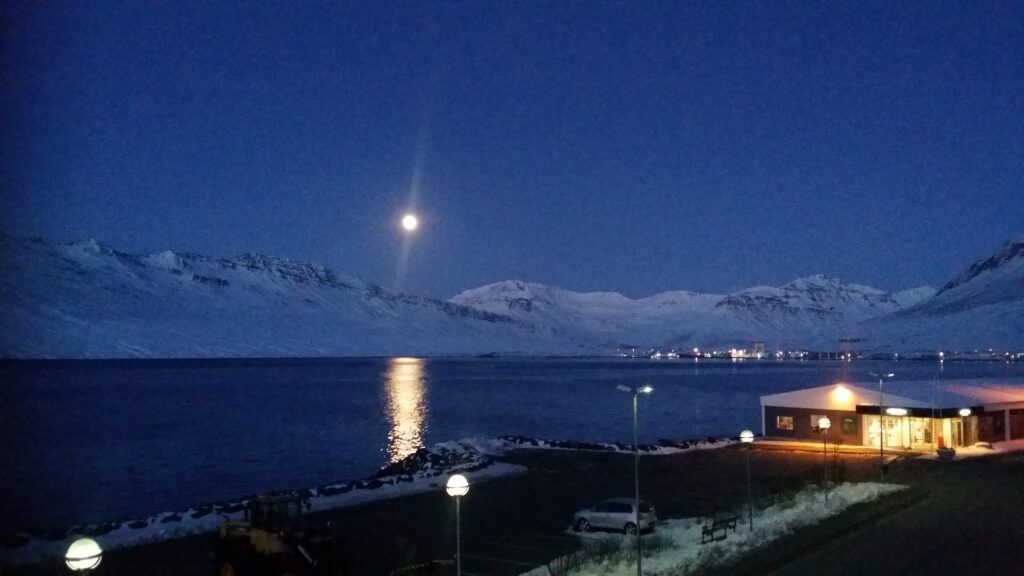
We were in Neskaupstaður at Easter 2021, but we didn’t see a trace of neither lichen nor heavy rockers. It was winter, there was snow, there was a full moon and it was beautiful still weather. No avalanches in sight. It was just peaceful and wonderful, and we had a cold, but meditative bath below the road ‘Hafnarbraut’. Meditative because, when you step into freezing water, nothing else matters. It’s just you and the water and Mother Nature (and maybe a fellow bather). All worries disappear in seconds. Marvelous!
